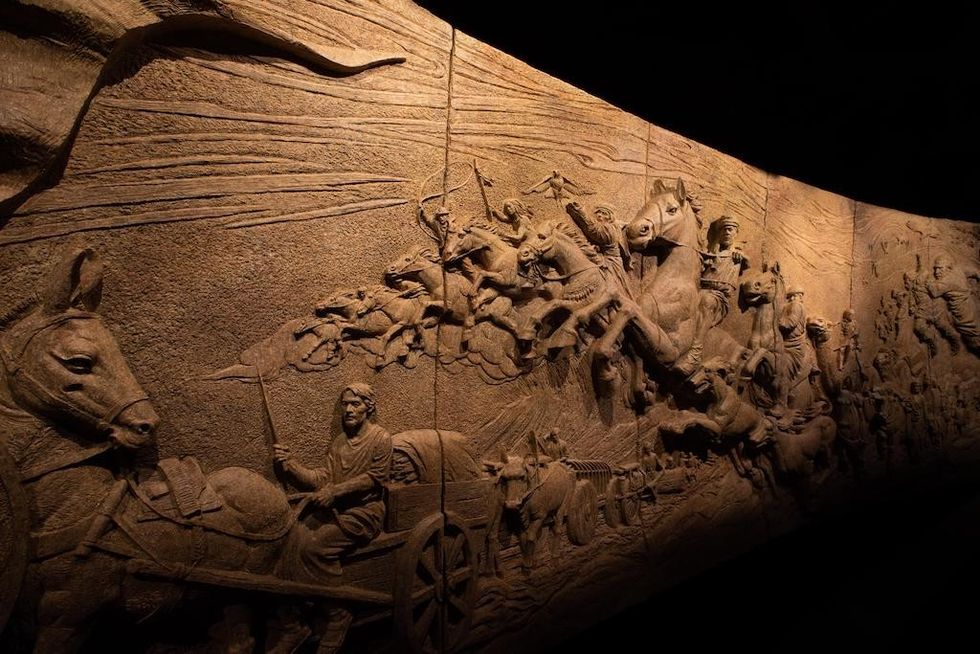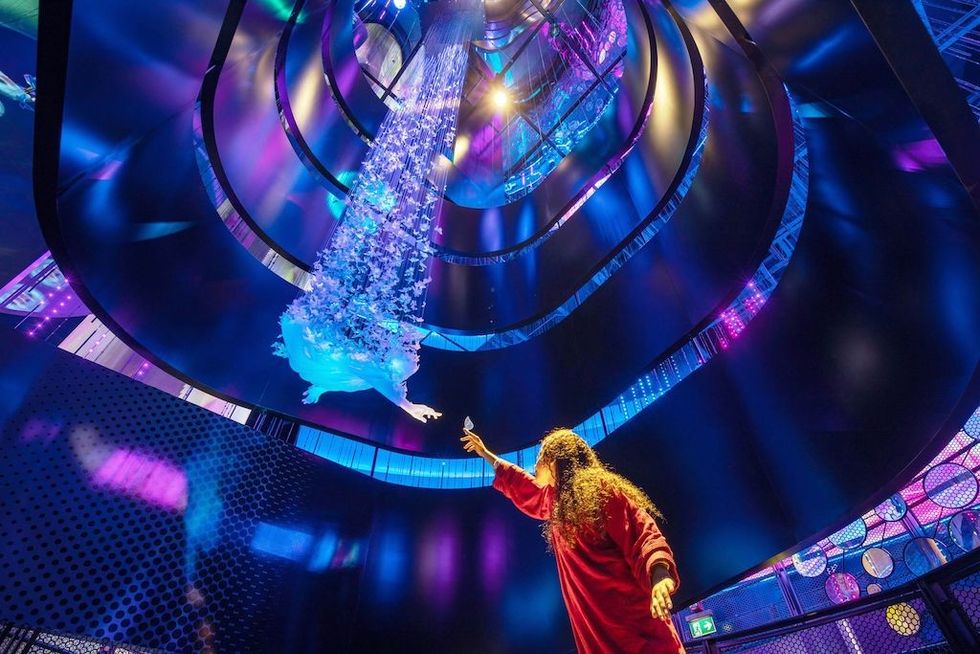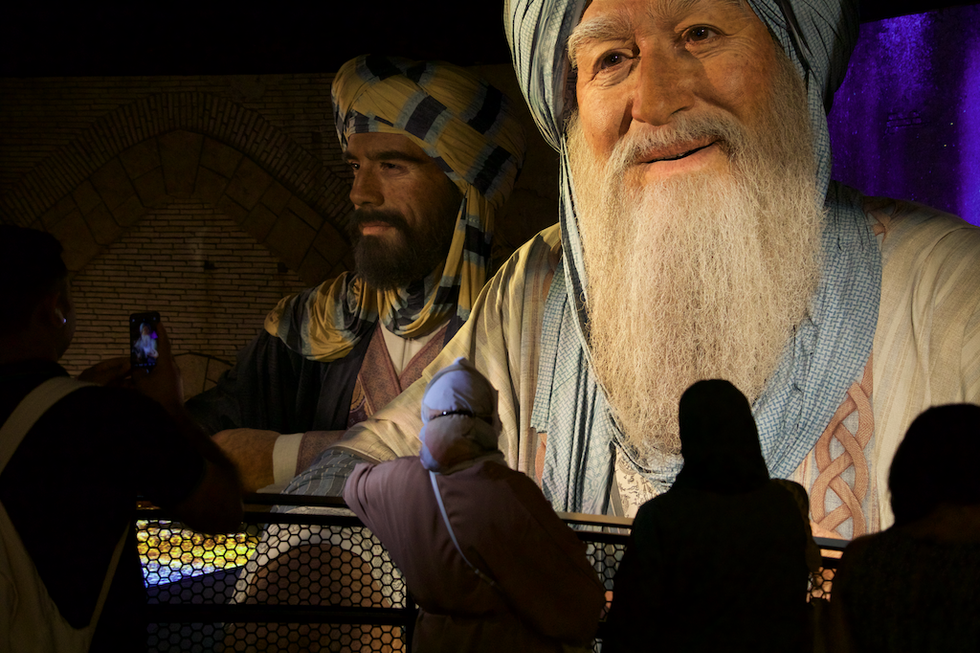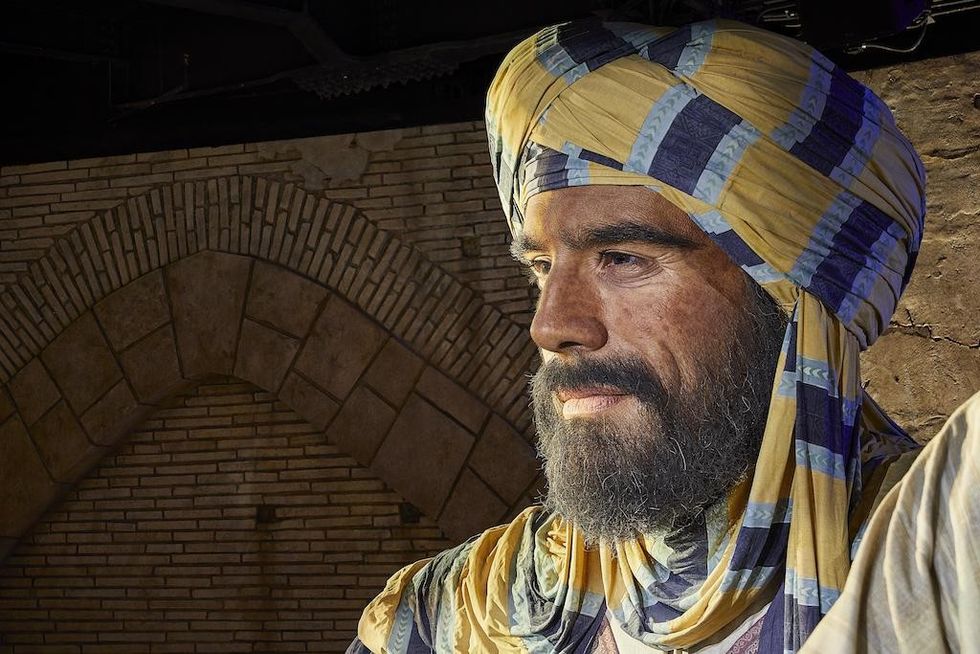Ecsite, the European network of science centres and museums,held its annual conference earlier this month, bringing together science engagement professionals from 50 countries. Ecsite 2024 was hosted by the Kersnikova Institute at the GR—Ljubljana Exhibition and Convention Centre in Ljubljana, Slovenia. It provided an opportunity for attendees to share their expertise, learn from one another, and make valuable connections.
This year's event focused on the intersection of art and science. This was a fitting theme from host Kersnikova Institute, a non-profit organisation and art platform focusing on contemporary investigative art. It is a place where artists can collaborate with scientists and engineers to research and develop their work.
A warm welcome
The opening ceremony on Thursday 6 June began with a welcome speech from Slovenia's Secretary of State of Higher Education, Science and Innovation, Dr. Jure Gašparič. He spoke about the importance of good science communication and wished participants "A most exciting Ecsite."
Attendees also heard from the Major of the City of Ljubljana, Zoran Janković. He commented on the value of communicating with humour, saying that people will still remember your results if presented with levity.
This was followed by a fascinating robotic dance from the Inferno Project by Louis-Philippe Demers and Bill Vorn, with performers controlled by exoskeletons.
Jurij Krpan, art director of theKersnikova Institute, addressed the crowd, reflecting on the hosts' journey; the Kersnikova Institute was initially set to welcome the conference in 2020 before the pandemic unfolded. He thanked the organisation's partners and also spoke about the fusion of art and science. By hosting Ecsite, the Kersnikova Institute team aimed to showcase a more collaborative “art-sci” approach, where artists and scientists work together on complex themes.
Bruno Maquart, president of Ecsite, and Catherine Franche, executive director of Ecsite, then took to the stage to welcome attendees and express their thanks to 2024's hosts.
"Every step to knowledge is one that, as science communicators, we encourage and enrich," said Franche during her welcome speech. She added, "Your conversations and successes are at the heart of this conference."
The opening ceremony took place on the 80th anniversary of the D-Day landings. Maquart acknowledged the sacrifices and spoke about the EU as a "powerful voice for peace, unity and prosperity". He said, "Ecsite is a way of bringing Europe to life, defying the current borders of the union." He added, "Nature doesn't have borders, so we need a global approach to protect it."
Ecsite 2024 is open
After thanking the conference committee, sponsors, organisers and attendees, Franche and Maquart declared the Ecsite 2024 conference and the Business Bistro open.
The agenda featured more than 75 educational workshops, panels, discussions, and presentations on a wide range of topics, from ethics, education, and engagement to marketing, fundraising, research, strategy, and more.
Spotlight on AI
One interesting panel on day one was the AI Spotlight showcase, which included various recent AI in science engagement case studies.
Attendees heard from Andreas Matt, IMAGINARY; Jennifer Wong, Science Gallery London; Anna Köhler, Center for Rhetorical Science Communication Research on Artificial Intelligence (RHET AI); Dee Laval, V!VANT; Stefan Fahrngruber, Studio MAST; Sarah Schmid, experimenta; Raphael Vandamme, Le Vaisseau - Collectivité européenne d'Alsace; Ali Albahrani, ilmi Center For Science Discovery & Innovation; Eric Londaitis, IMAGINARY; and Peter Slavenburg, NorthernLight.
Wong explained how, in AI: Who's Looking After Me, Science Gallery London explored artificial intelligence through the lens of care, centred on users' questions as a device to see where we are and where we are going & inviting people to rethink their relationship to AI. We also learned about V!VANT's interactive show for teenagers on a range of topics related to AI. Experimenta wanted to spark a dialogue with its AI exhibition and shared some 'AI wishes' received at feedback stations.
After lunch, a follow-up session to the AI Spotlight showcase allowed attendees to discuss the presented case studies in depth.
Museums of the future at Ecsite 2024
In Future roles for science museums: Complex issues and societal change, participants explored together, after hearing some interesting examples, what their science centre or science museum might look like in the future.
Speakers included Christianne Blijleven, Athena Institute, Vrije Universiteit Amsterdam; Martina Griesser-Stermscheg, Technisches Museum Wien; Giovanni Stijnen, Sonnenborgh Museum and Observatory; Pedro Russo, Ciência Viva PT / Leiden University NL, Riina Linna, Finnish Museum of Technology; and Menno Tummers, VSC - Dutch Association for Science Centres and Museums.
Stijnen said that museums can be places of resonance "if we focus on the things that resonate with our audiences." He also commented that museums should not be about absolute truth or objectivity. Instead, they should focus on connecting audiences with a sense of wonder. On a similar note, Tummers said, "There is more need to talk to each other and to ask questions, which is the foundation of science. We're moving from show and tell to listening and co-creation."
Linna, too, emphasised co-creation. She spoke about her work with local community groups, giving them a platform and support to develop their own exhibitions. She also discussed how communities can be critical friends and the importance of having safe spaces and relationships where those communities can critique institutional practices.
Walking the talk in the face of the planetary emergency
How do Natural History Museums ‘walk-the-talk’ in the face of a planetary emergency? was an entertaining and thought-provoking house-of-commons-style debate session. It explored challenges such as the ethics of collecting during a time of planetary degradation, the changes to business models that museums should implement in order to live their values, and how to balance hope with honesty and action with activism when engaging people with biodiversity and climate crises.
Contributors included Agnès Parent, Muséum National d'Histoire Naturelle; Alexandra Burch, The Natural History Museum; Lisa Månsson, Swedish Museum of Natural History; Maria Fonseca, Natural History and Science Museum of the University of Porto; Marjolein Van Breemen, Naturalis; and Francis Duranthon, Museum of Toulouse.
As different statements were put on the board, participants were asked to choose a side of the room to signal if they agreed or disagreed. They could then explain their thinking to their peers. People could change their minds and cross the floor during the debate. Statements included: The house believes we shouldn't partner with companies that harm the environment, the house believes that we should stop collecting specimens so that we don't add to the biodiversity crisis, and the house believes that we should only focus on young people.
Other sessions throughout day one focused on topics such as creating a new science centre, queering science engagement practices, creating advocates for planetary health and inclusion, building effective spaces for STEM education, sustainability, and more.
Ecsite 2024's gala dinner and award winners
Day one closed with the annual Gala Dinner and the Mariano Gago Ecsite Awards ceremony.
The Beacon of the Year Award celebrates inspirational individuals who have made a significant contribution to engaging citizens with science and the Ecsite network. This went to Francis Duranthon, director of the Natural History Museum of Toulouse.
Nausicaa, Centre National de la Mer, won the Excellence in Science Engagement Award for the Project Blue Living Lab. The 2024 winners were selected by an esteemed jury of previous winners and experts in the science engagement field, led by chairperson Maya Halevy, former Beacon Winner and director of the Bloomfield Science Centre in Israel.
The dinner was followed by another performance choreographed by the Inferno Project, this time with willing Ecsite attendees volunteering to don the exoskeletons.
Connecting with children
The agenda of insightful sessions and workshops continued on day two of Ecsite 2024. In Putting young children at the heart of our institutions: Designing quality learning experiences in museums, attendees could learn how to build lifelong museum relationships with young learners using examples of programmes and museum space design. Raphael Chanay, head of interpretation and exhibition projects at Universcience, moderated the session.
Lauren Hyams of the Natural History Museum discussed how the museum is looking to support children in building a positive connection to nature in their early years. She explained that if children make that connection while young, they are likely to have a lifelong relationship with nature. She outlined two projects: the Urban Nature Project and the National Education Nature Park.
We also heard from Maria Xanthoudaki, director of education at the Museo Nazionale della Scienza e della Tecnologia, remotely. She spoke about the museum's project to develop a new learning space. The museum aims to foster the development of the young visitors' agency, nurture meaningful personal expression and the development of skills for scientific thinking, and foster social and emotional learning.
Finally, Catherine Ritman-Smith,head of learning and engagement, Young V&A and V&A East, talked about the redesign of the former V&A Museum of Childhood and how the team worked closely with local young people to create a space that engages them and meets their needs. To develop the creative confidence and design skills vital for Gen A to thrive, the museum aims to inspire, empower, connect and influence.
Keynote address at Ecsite 2024 - body alchemy
Before the conference's first keynote address, the Prime Minister of the Republic of Slovenia, Dr Robert Golob, gave a welcome speech. A scientist by training, he spoke about his belief that science has a genuinely transformative role in the development of our society. He added, "Only by investing in knowledge will we continue to develop as a society."
He also discussed the role of science and science communication in the fight against climate change. Golob almost doubled the budget for science and science communication in the past three years "because it is the only way to find solutions for global threats like climate change.”
The keynote was given by Dr Ana Rajčević and Dr Hugh Herr. Rajčević is an artist and designer, a lecturer at the University of the Arts, London, and a research scientist at the MIT Media Lab – Biomechatronics Lab. Herr is an associate professor of Media Arts and Sciences at The Harvard-MIT Division of Health Science. He was coined the ‘Leader of the Bionic Age’ by Time Magazine because of his revolutionary work in the emerging field of Biomechatronics.
Bridging the gap between human capability and human potential
Rajčević's work explores the intersection of sculpture, prosthetics and technology. She spoke about how humans have always dreamed of flying, from Icarus to Da Vinci and beyond, and how creatures that are half human and half animal have always captured our imagination, with stories across almost every culture. She draws inspiration from the animal world to investigate the powerful possibilities of what the human being could become, asking questions like how do we want to evolve and what if we could remake our bodies from scratch?
Meanwhile, Herr, who lost his lower limbs to frostbite in a climbing accident, explained, "Society projected on me disability. I refused to accept that. I saw the space between my knees and the ground as an opportunity for new possibilities. With the power of tech, I was able to climb better than ever before."
He has been exploring how technology can bridge the gap between human capability and human potential and talks about his fascinating work in neuro-embodied design. This work led to developments in prosthetics, where the brain can control electromechanics as if they were flesh and bone. The prosthetic is seen as a part of the self rather than a tool.
What's new in travelling exhibitions?
The quick-fire What's new in travelling exhibitions was divided into two parts. Attendees heard updates from 29 different exhibition designers and creators.
In part one, we heard from Naturalis Biodiversity Center about the March of Triceratops, the American Museum of Natural History presented The Secret World of Elephants, Studio Phi spoke about Space Explorers: The Infinite, the Deutsches Museum talked about Metaverse and the Natural History Museum presented Our Broken Planet.
In addition, Flexibit showcased iNMOTION The Experience, the Stiftung Neanderthal Museum talked about Stereotypes, and Contemporanea Progetti presented Diving Deep: Sunken Treasures, Ancient Seas. DoSeum spoke about Dream Tomorrow Today, toured by Flying Fish, and the Science Museum Group talked about Injecting Hope.
For Heureka, the latest travelling exhibition is Our Journey in Space. Meanwhile, as it celebrates its 15th Anniversary, Imagine Exhibiton's latest shows include Brick Master’s Studio, Brick Planet, and Ice Dinosaurs. Finally, experimenta showcased Natural Phenomena, Dr Jill Scott presented Neuro_Eco_media, and Universcience discussed Metamorphoses.
Part two
In part two, we heard from National Geographic about Root for Nature, while Musée de la Civilisation Quebec presented Brown Gold and Fundació La Caixa talked about Print3D and Homo Ludens. Experiential Media Group showcased Titanic: The Artifact Exhibition, Museums Scotland spoke about The Galloway Hoard: Viking Treasure, and Cabaret Mechanical Theatre Learning presented the Marvellous Mechanical Museum.
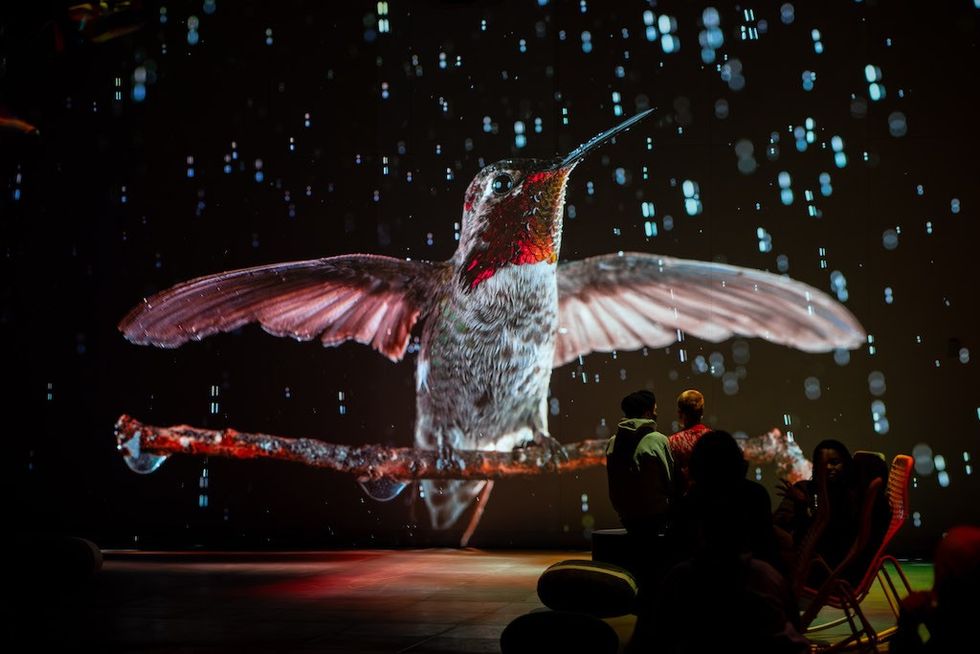
The Istituto Nazionale di Fisica Nucleare is touring Quantum, Muséum National d'Histoire Naturelle is touring Deserts and Life Chronicles, and Nomad Exhibitions has Giants available for booking. Mobiles Musik Museum presented hEAR, Lucid Realities showcased Around the World in the Wake of Magellan, and the Field Museum spoke about Death: Life's Greatest Mystery.
Finally, the Museum of Toulouse highlighted Sex Appeal: The Scandalous Life of Nature, and the National Museum of Natural Science in Taiwan showcased The World's Deadliest Animals.
Elsewhere throughout day two, attendees explored topics such as AI, inclusive language use, how to enrich art and science collaborations, multi-background teams, storytelling through scenography, podcasting, and more.
The AGM and a series of community meet-ups took place in the afternoon, as did the Grand Bazaar, an informal drop-in featuring dozens of table-top activities and their facilitators. Over in the Business Bistro, exhibitors shared flavours of their homeland during Happy Hour.
Day two concluded with the annual Nocturne, held at Ljubljana Castle. A short ride on the funicular (or a sweaty walk up to the peak) was rewarded by a sunset view over the city. Attendees enjoyed a buffet and drinks, as well as the famous Ecsite Jazz Band and now legendary Ecsite Karaoke session.
Success in international exhibitions
We began day three of Ecsite 2024 with a session called Navigating the global landscape of traveling exhibitions: Expertise in international partnerships, with Debbie Donohue, Imagine Exhibitions; John Chappell, Scitech; Hélène Wang, Universcience; Heather Farnworth, Ontario Science Centre; Mikko Myllykoski, Heureka - The Finnish Science Centre; and Paul Martin, Center for Innovation in Informal STEM Learning.
The panellists discussed the critical factors in building a framework for successful international partnerships. They all agreed that taking the time to build the relationship is essential. Donohue recommended making time for in-person visits, and Wang said that regular contact is also important.
Martin also discussed the value of partnerships that benefit everyone involved, where you can do better work together than you could individually. The speakers touched on translation and cultural differences. For instance, Heureka's exhibition on mental health was called Heureka Goes Crazy, but this language would not have been appropriate in several other countries. Regarding cultural nuances, Chappell said that partners will often have helpful local expertise in their own markets.
They also covered topics like getting the whole team on board and how to overcome or plan for shipping challenges. On evaluating the partnership's success, Martin asked, " How does it push you forward and mean you do better work in the future?"
Chappell added that a crucial question is, "Would you partner with them again?"
Skills to address today's challenges
A session called Moving the needle: Helping visitors develop skills to address today’s challenges focused on how museums and science centres can engage local communities with their exhibitions.
Chaired by Erika Kiessner of GSM Project, attendees heard from Ludovic Maggioni of Natural History Museum Neuchâtel, Camilla Tham from The Natural History Museum, John Llewellyn of the Museum of Science and Industry Chicago, and Julian Restrepo of Parque Explora. Each shared their experiences of working with local communities and how these practices informed change at their institutions.
A key thread throughout was an emphasis on the transformational power of collaboration. By directly involving local communities in the creation of exhibitions and programming, previously underserved groups were motivated to become more engaged with the museums and their work. In the case of Parque Explora, a group of teens turned archaeologists could co-create an exhibition with the science centre. This led to the construction of a local museum in their area.
The session also highlighted how these methods don’t always lead to a huge influx in visitor numbers. The true measurement of their success lies in the depth and quality of engagement.
Artificial intelligence and bias
Jill Walker Rettberg, a professor of digital culture at the University of Bergen, delivered Ecsite 2024's second keynote address. She explored how the stories we tell about AI affect the way the technology is developed, regulated, and used. She argued that art, culture, and social factors deeply influence the development of technology, including generative AI.
"The stories we tell about technology and AI really matter," she said. "The stories we tell impact the technology itself...but that means we have hope; we can tell the right stories so that we end up with technology that helps people."
She also discussed the problems associated with biased datasets. In some cases, AI is replicating bias or even increasing it.
Walker Rettberg concluded by saying: "Because AI is trained on stories and words and pictures, we need input from people who are experts in stories and words and pictures."
Following her keynote, she led a session called A soirée at Mr Babbage’s—a mini larp. The goal was to explore how social interactions, as well as art and literature, have influenced the development and promotion of technology and to test out live-action role-playing as a mode of science communication.
Inspired by Nordic larps, participants took on a role as one of Charles Babbage ’s historical guests. Following some time to prep, they were invited to mingle with the other guests. Characters included Harriet Martineau, Charles Dickens, Ada Lovelace, Mary Somerset, Felix Mendelsohn, Dwarkanath Tagore, and Ellen Coolidge.
Educational sessions and workshops continued into the afternoon. These covered funding, space technology communication, socially inclusive climate education, tinkering, sustainable catering, and more.
The Business Bistro at Ecsite 2024
A variety of innovative exhibitors took part in the event’s trade show, the Business Bistro.
Attendees could discover the latest offerings from The American Museum of Natural History (AMNH), a major scientific and cultural institution, including shows like Sharks and The Secret World of Elephants, and National Geographic, a leading creator of documentaries, live events, experiences, and travelling exhibitions, including the immersive Root for Nature.
Triotech, an award-winning creator of media-based attractions, presented its latest dynamic, immersive, and interactive experiences. It was on hand to discuss how its products can enhance the guest experience and help tell stories in a new way at museums and science centres .
The team from Universcience, an organisation that works to make science accessible to all,highlighted its range of travelling exhibitions. These include AI, Dance, Metamorphoses, Banquet, Microbiota, Cats and dogs,Crowdology, Cancers, Fragile!, Body and Sports, Jeans, and many more.
Imagine Exhibitions, a leader in worldwide travelling exhibitions and entertainment, invited attendees at Ecsite 2024 to learn about its new exhibitions, Brick Master’s Studio and Brick Planet, both collaborations with renowned Lego artist Sean Kenney, and Ice Dinosaurs, which enables visitors to learn about new dinosaur finds from the Alaskan Arctic. This year, the firm is celebrating 15 years of leading the way in delivering engaging and educational experiences to audiences around the world.
Delegates could also meet Cosm, a global technology company that builds end-to-end solutions for immersive experiences, and discover CX System, its premium LED dome solution for science and education, as well as the Cosm Studios fulldome content ecosystem.
Farewell Ljubljana, and hello Warsaw
During the closing ceremony, Bruno Maquart revealed that 940 people from 50 countries had attended Ecsite 2024. He called it "an incredible conference in an incredible city," adding that events like this give the science engagement community the creativity required to meet the challenges that they face.
He also welcomed Brad Irwin to the stage and thanked him as Irwin concluded his final term as chair ofEcsite'sAnnual Conference Programme Committee. Irwin then spoke about the Ecsite 2024 host, the Kersnikova Institute, highlighting the brilliant work it is doing to push the fusion of art and science and to push the field into a new place:
"They've moved us forward as a field, which is the point of being here."
SandraSajovic, senior curator and producer at the Kersnikova Institute's Kapelica Gallery, thanked the event's coordinators and partners, as well as the volunteers and technical crew who helped Ecsite 2024 run smoothly.
Maquart then returned to the stage to applaud the newly elected members and outgoing members of the Ecsite board before welcoming next year's hosts, Copernicus Science Centre in Warsaw, Poland, for a sneak preview of what attendees can expect in 2025.
Charlotte Coates is blooloop's editor. She is from Brighton, UK and previously worked as a librarian. She has a strong interest in arts, culture and information and graduated from the University of Sussex with a degree in English Literature. Charlotte can usually be found either with her head in a book or planning her next travel adventure.


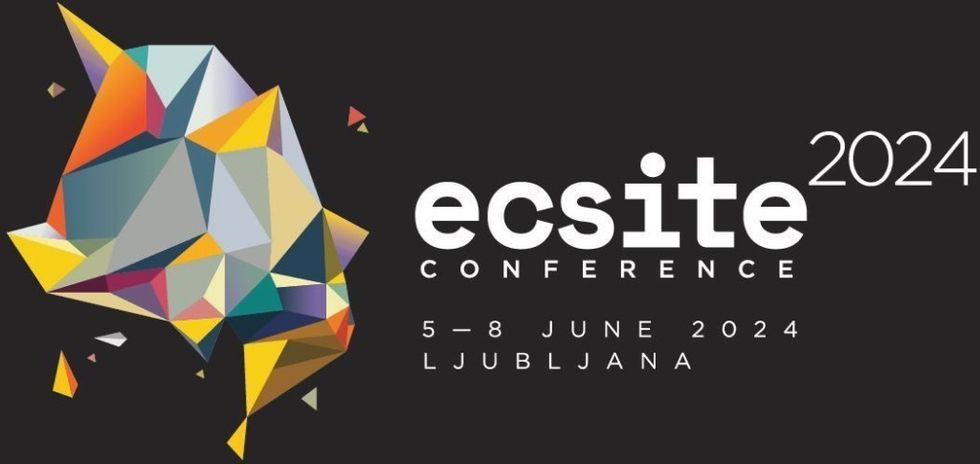
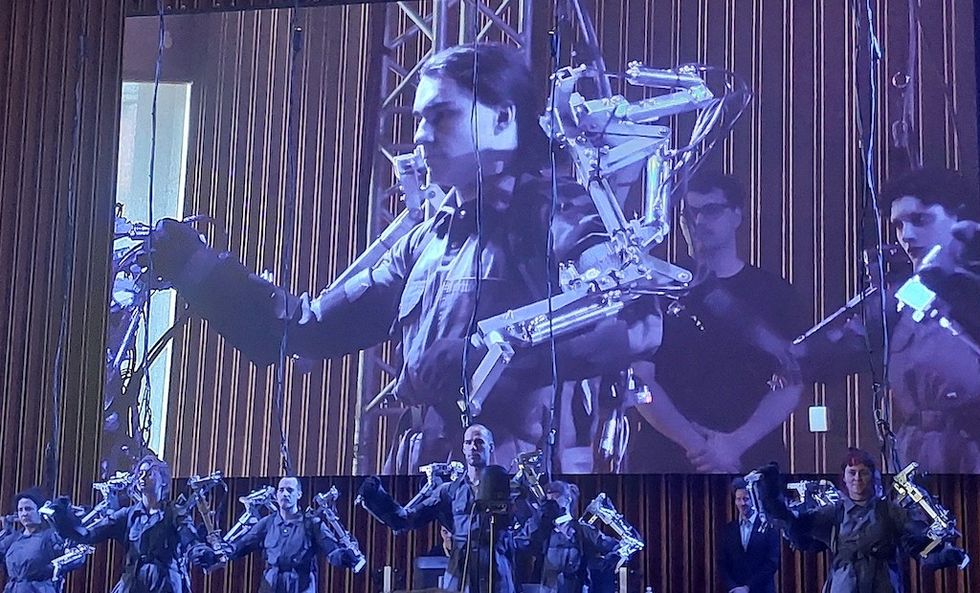
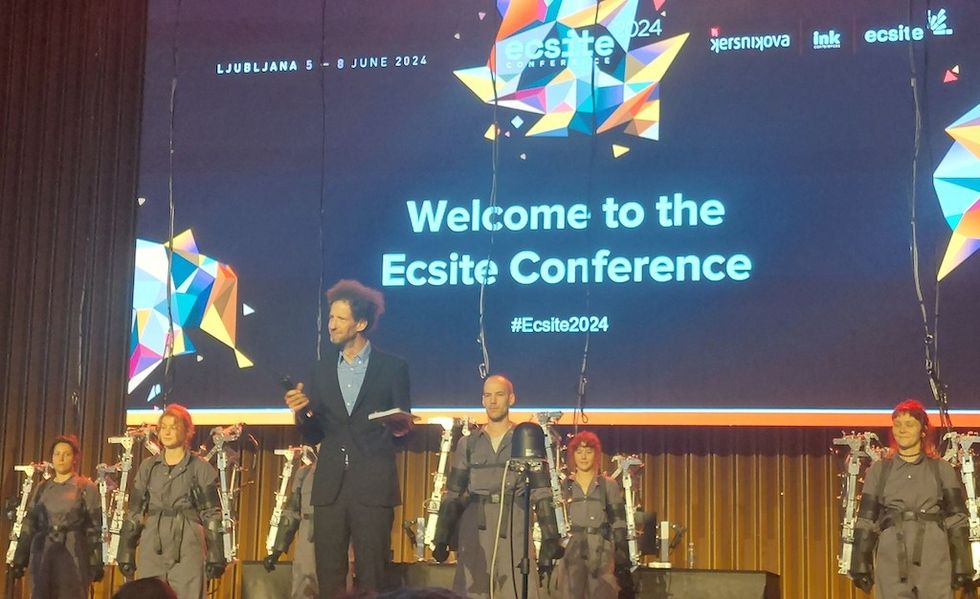
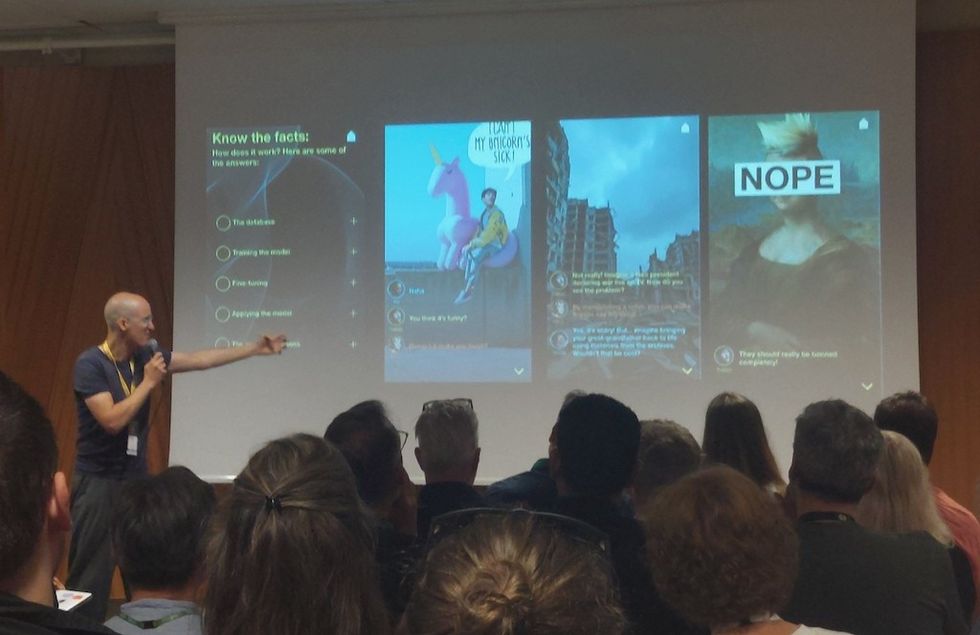
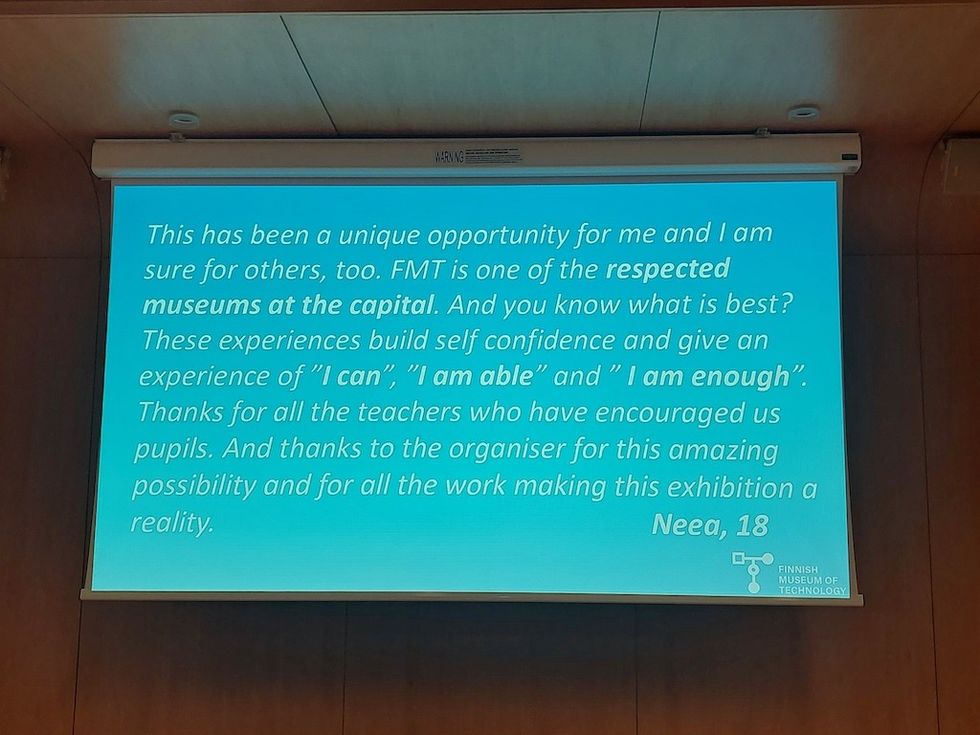
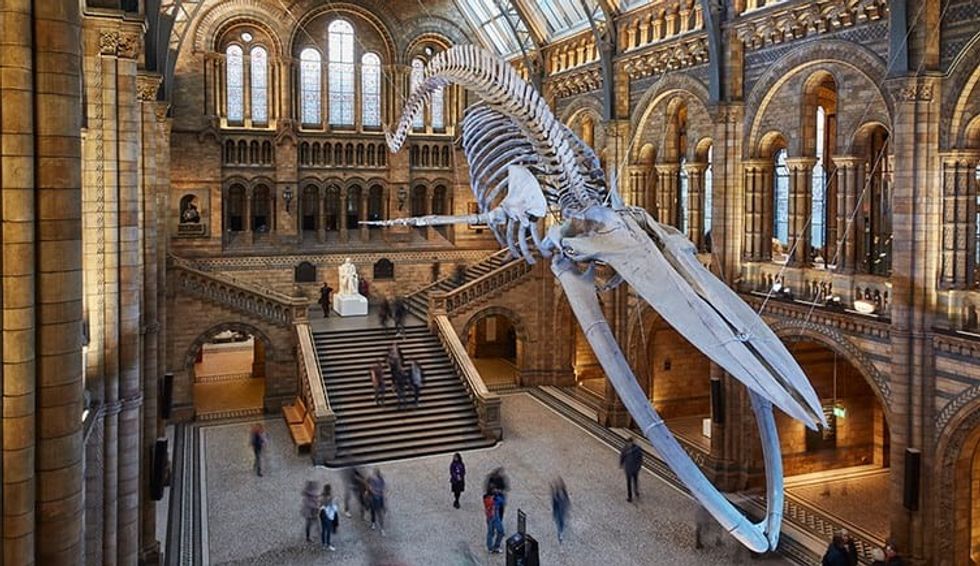
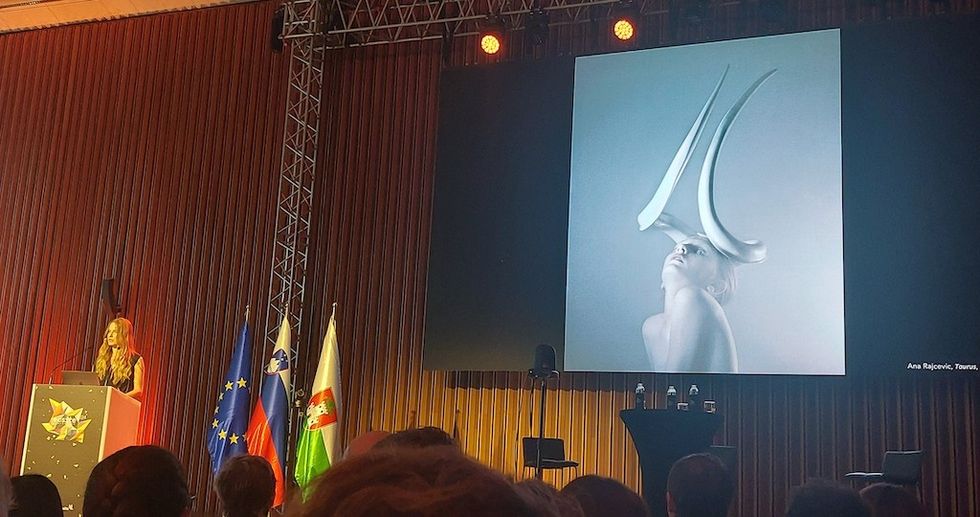
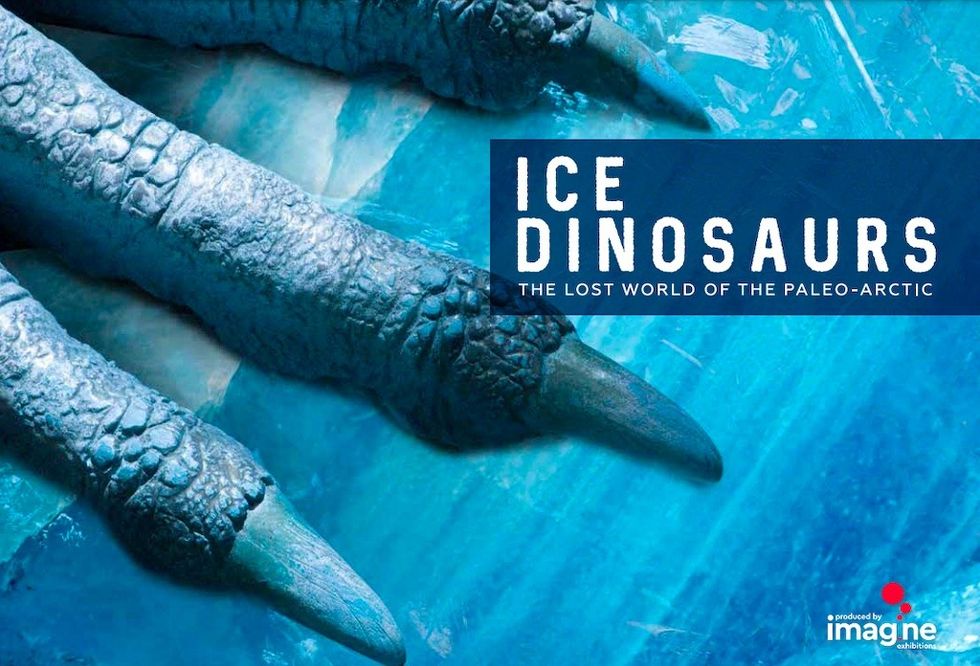
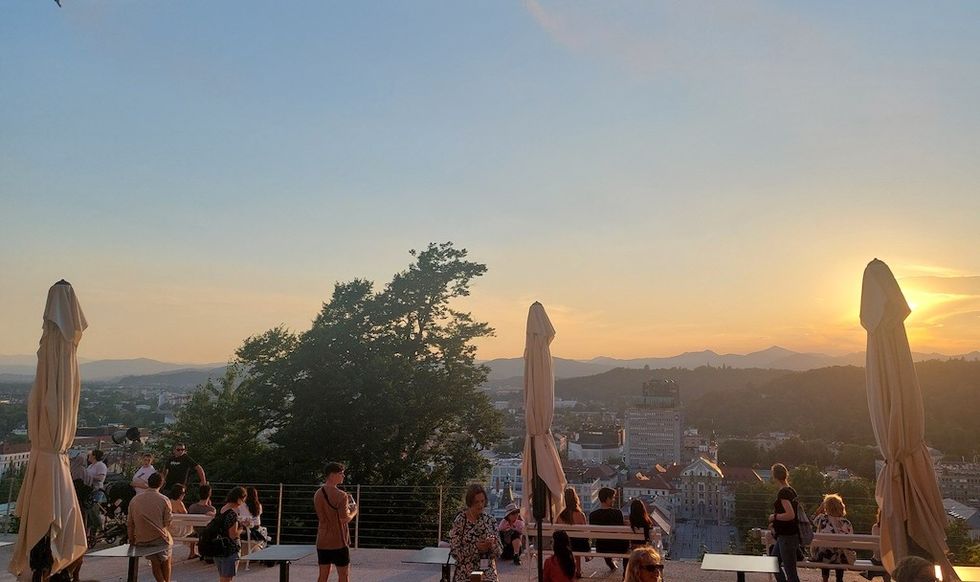
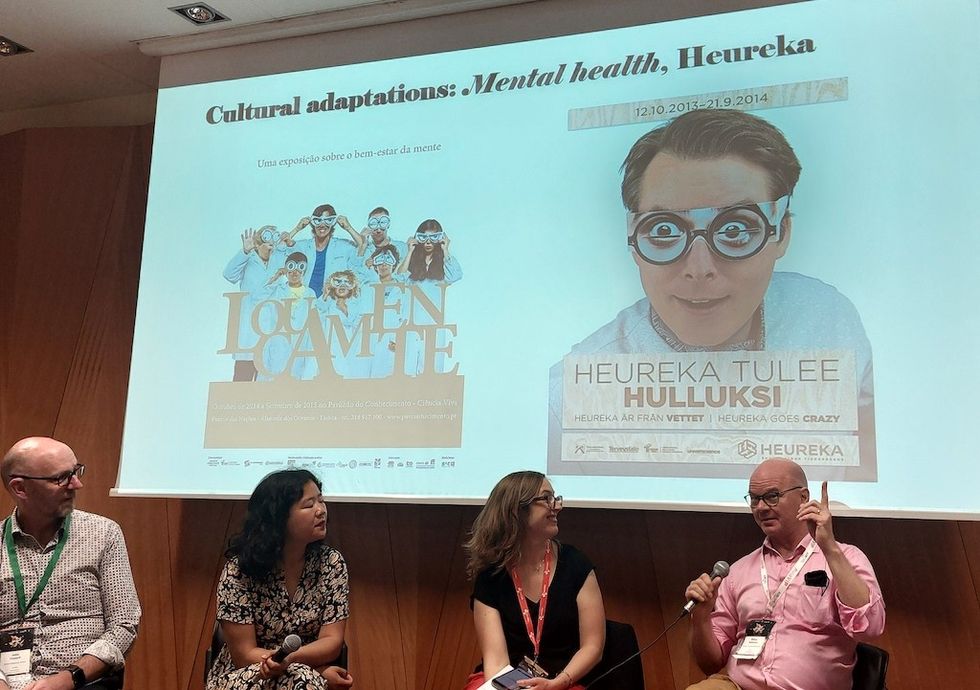
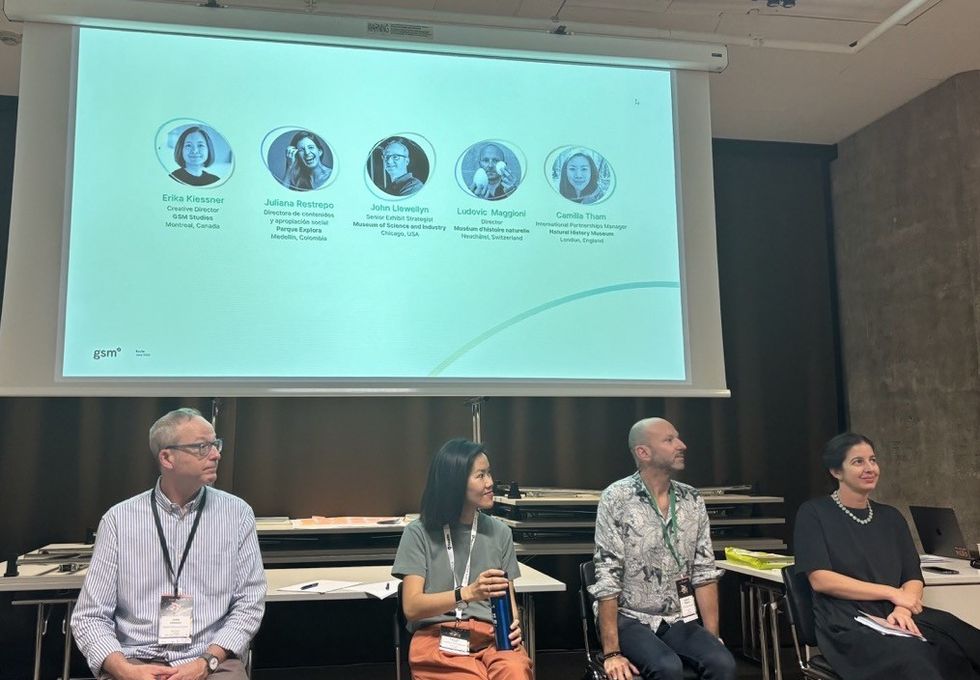
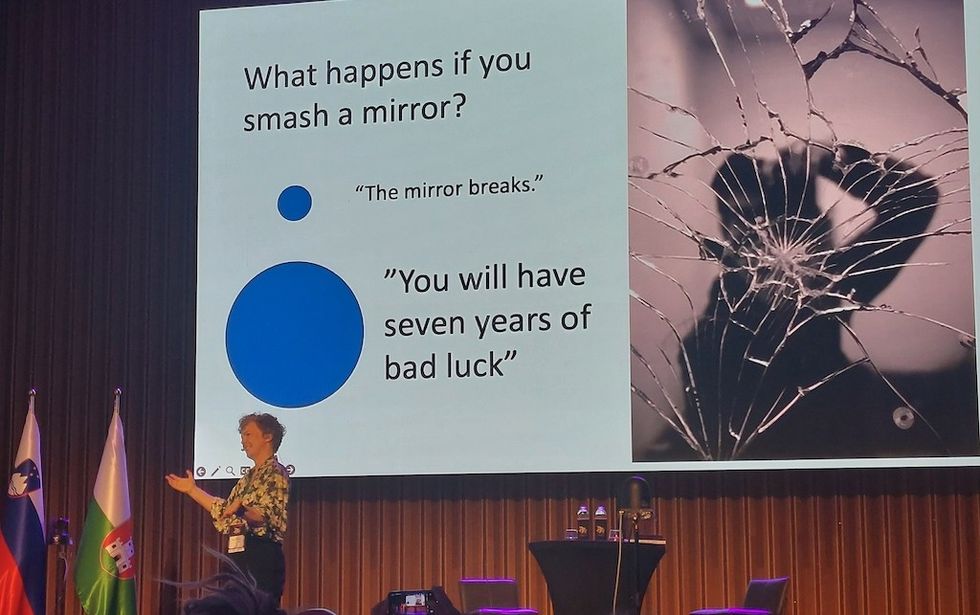
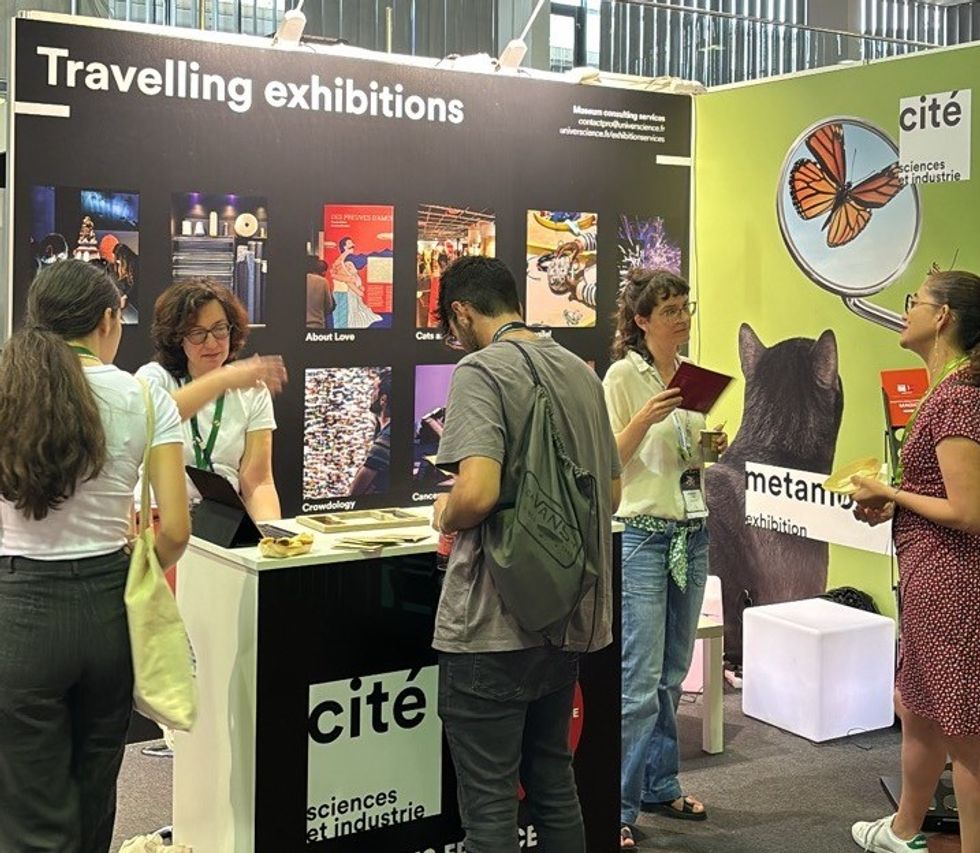
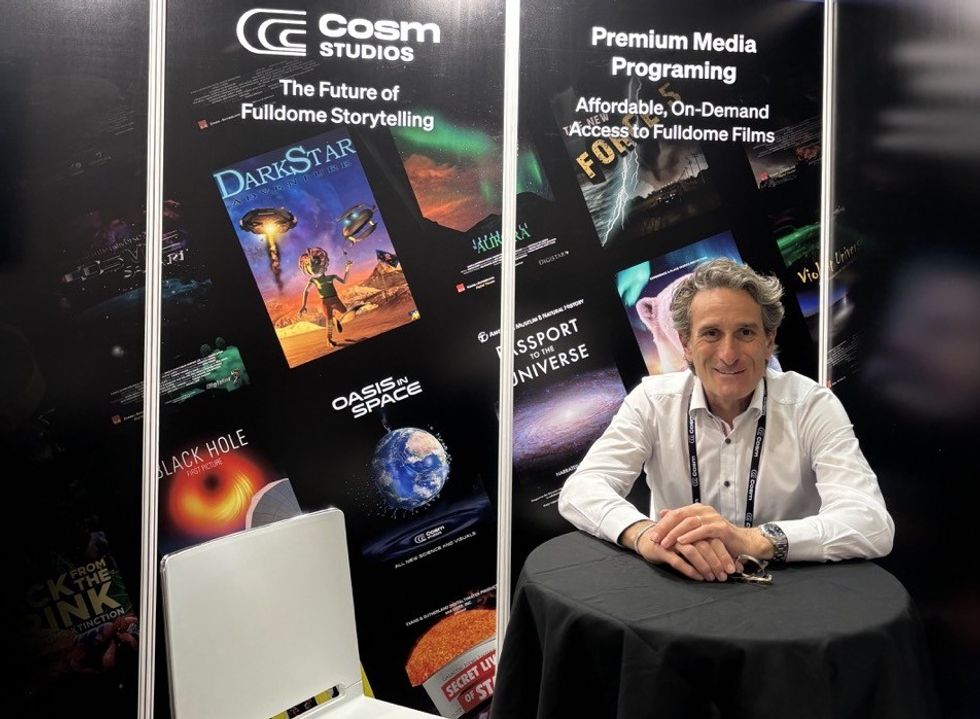
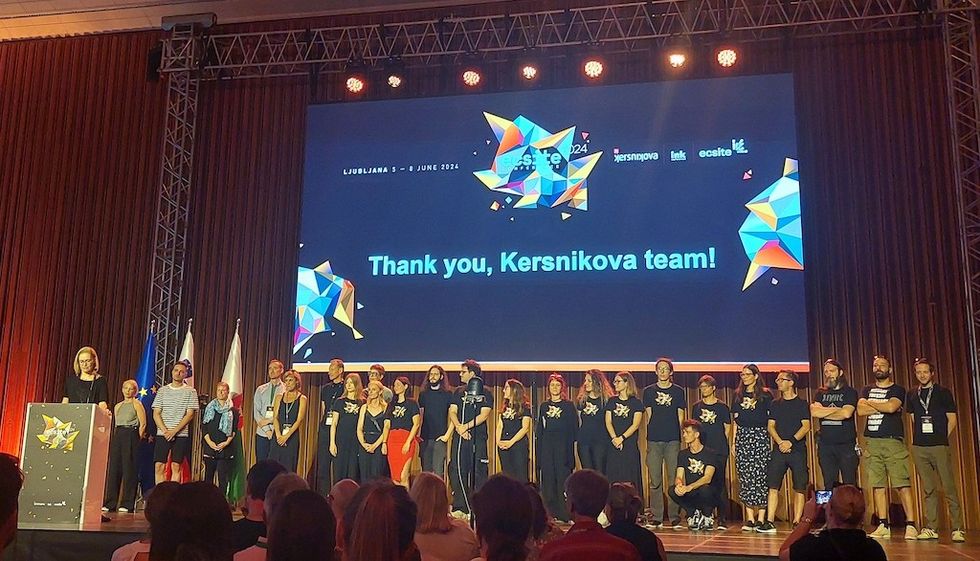
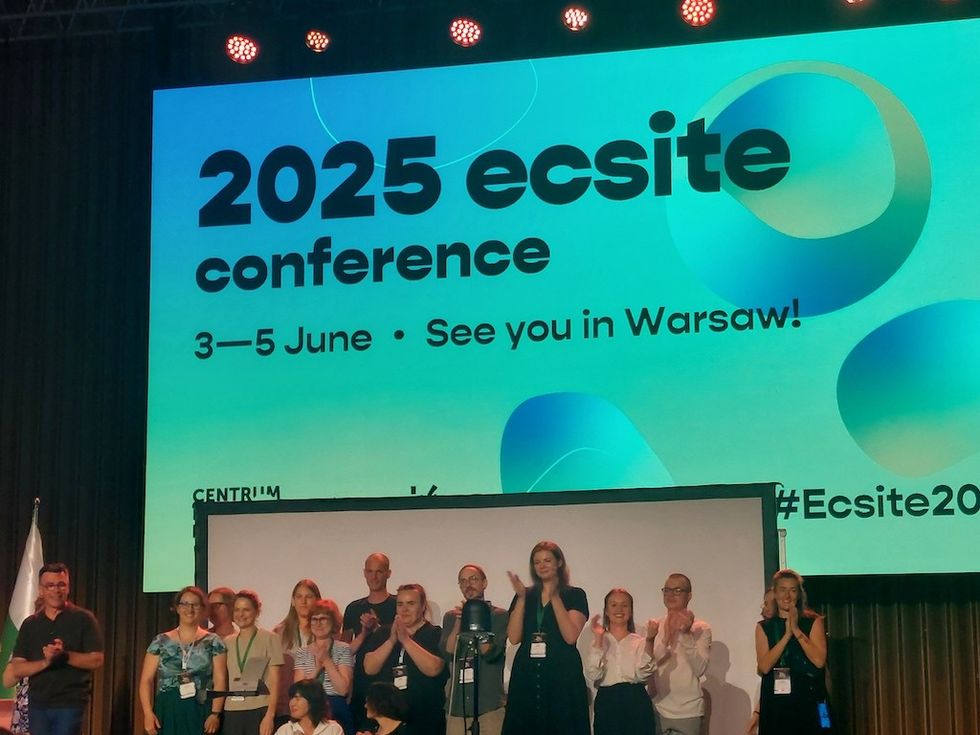
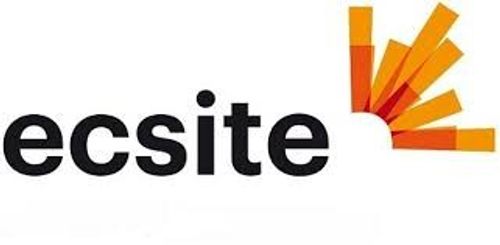
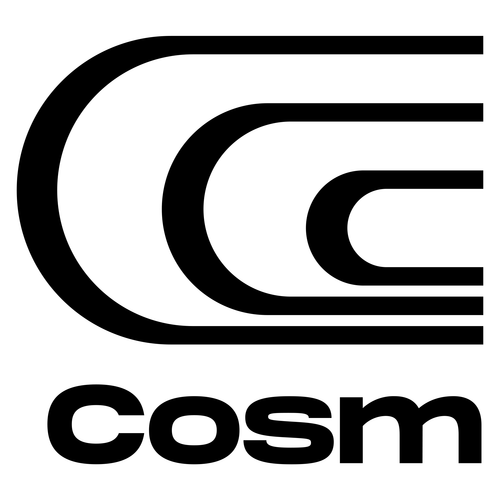








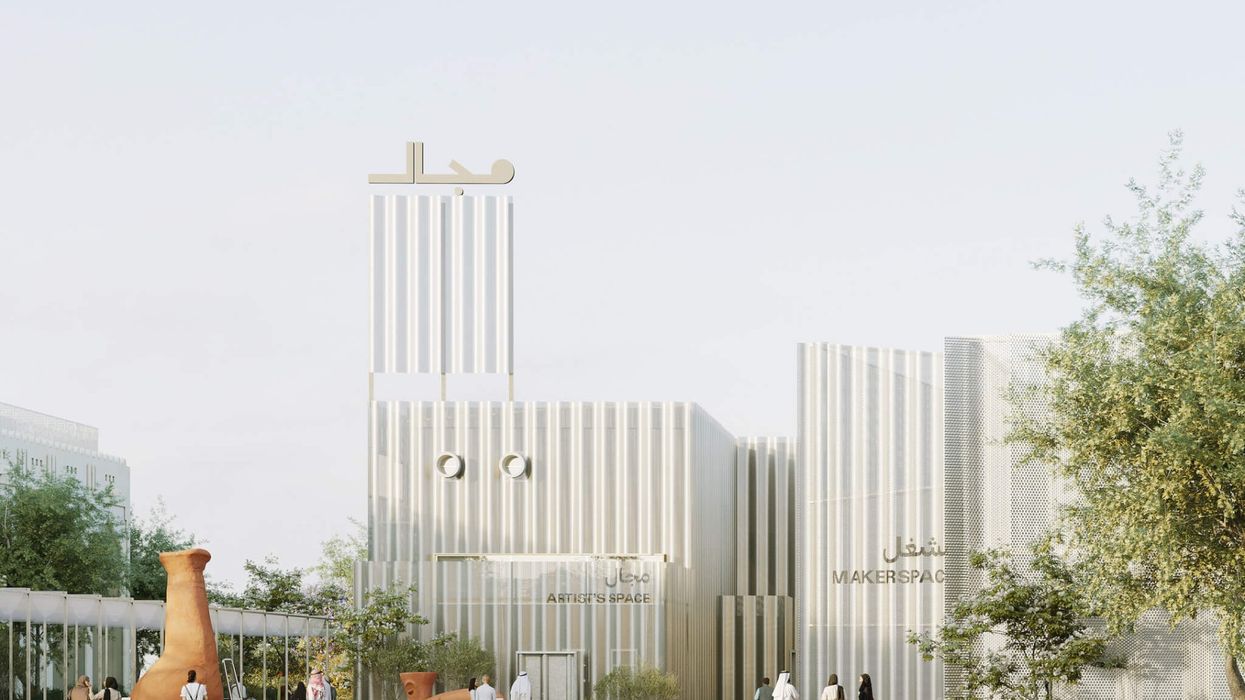
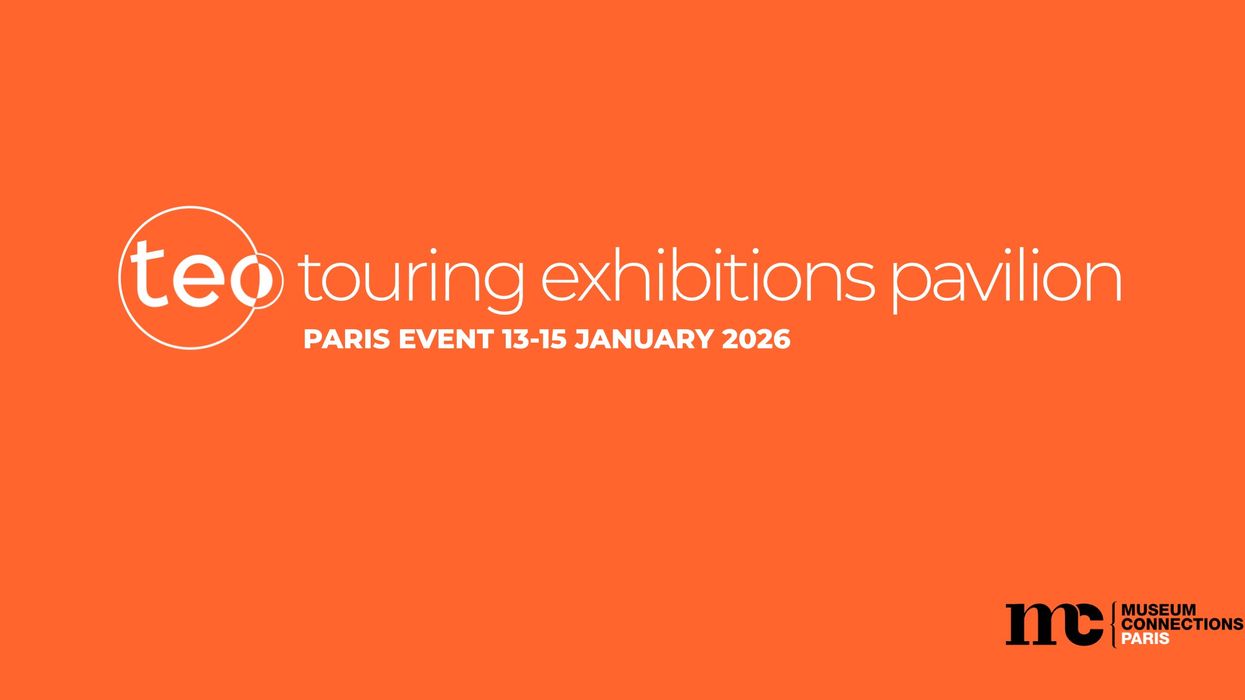
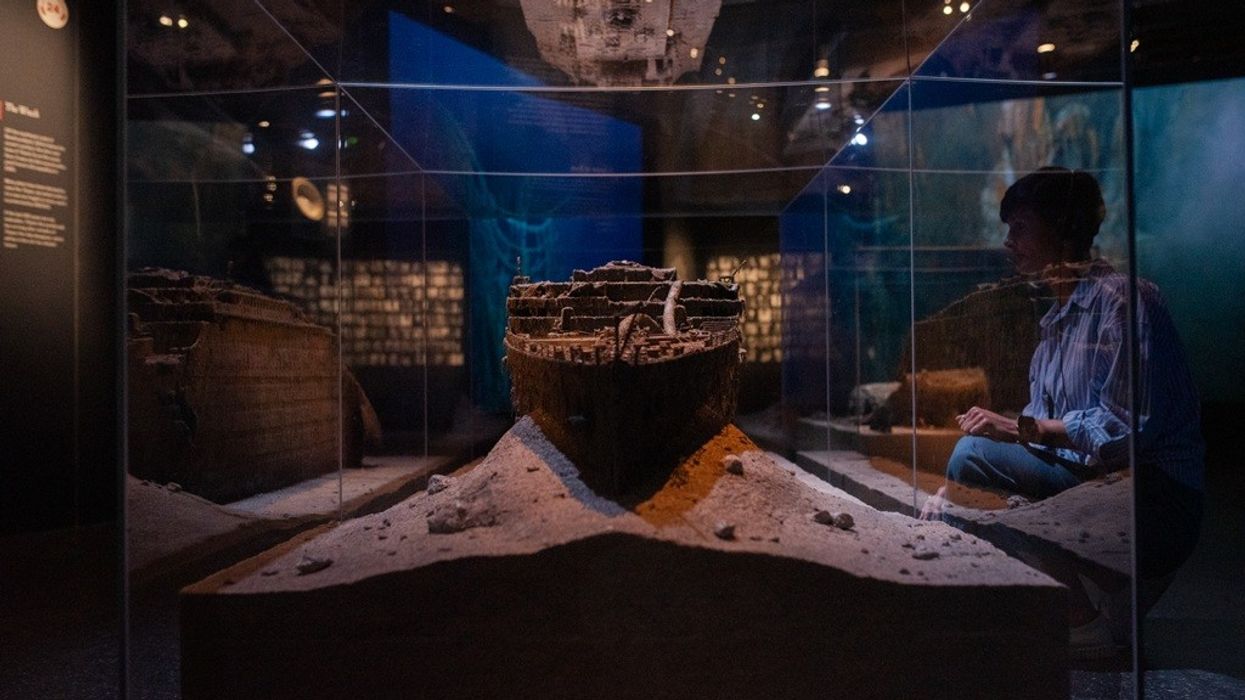
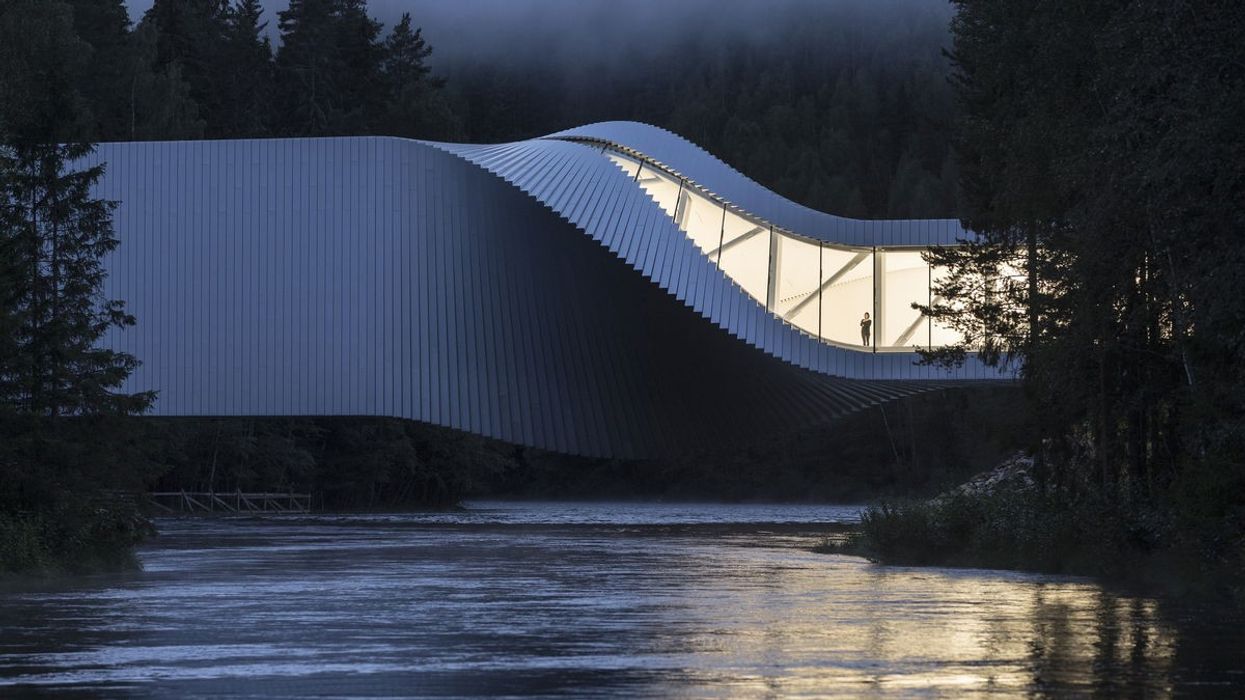
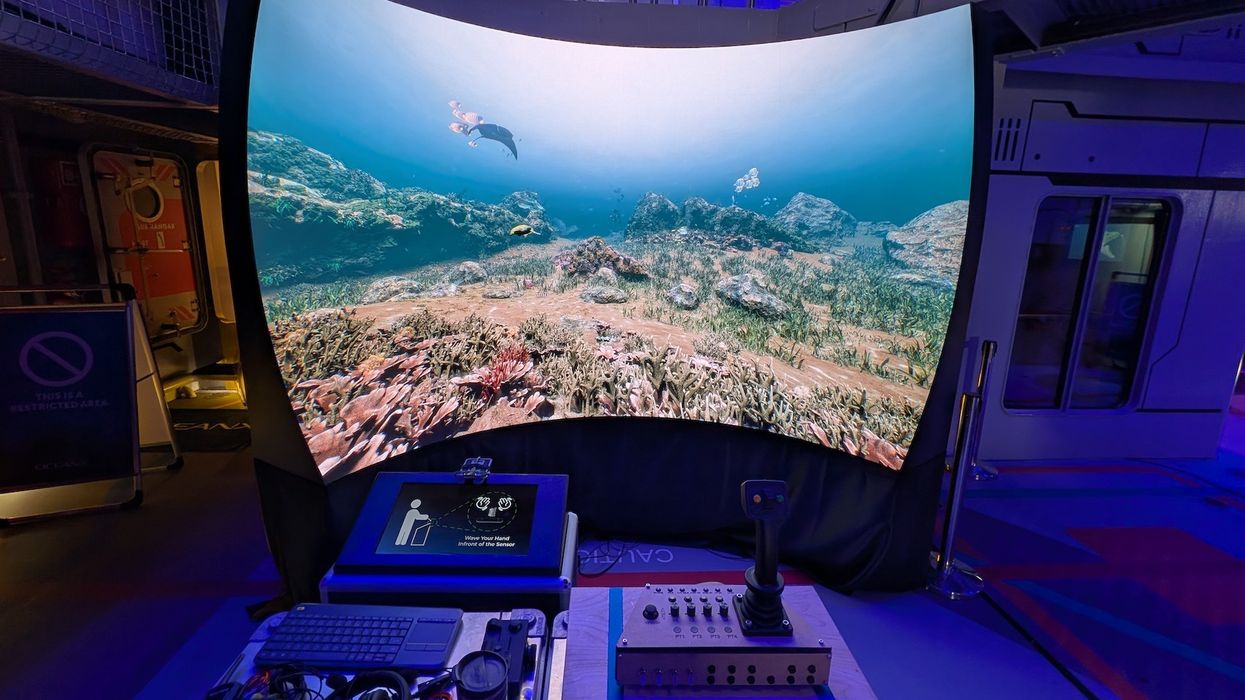
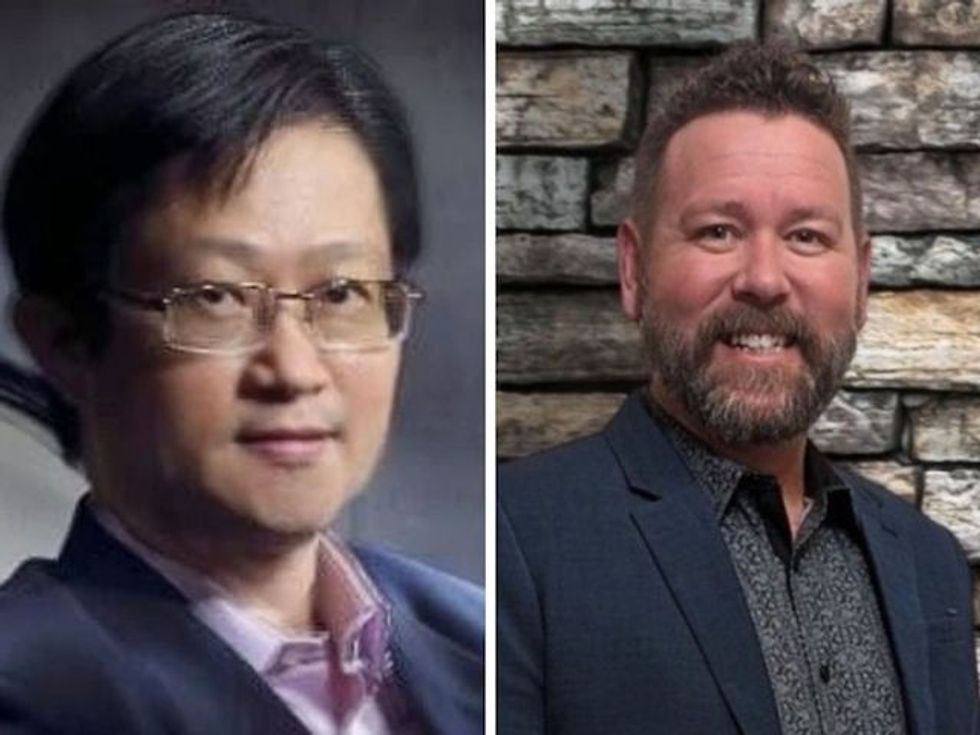 TM Lim and Adam Wales
TM Lim and Adam Wales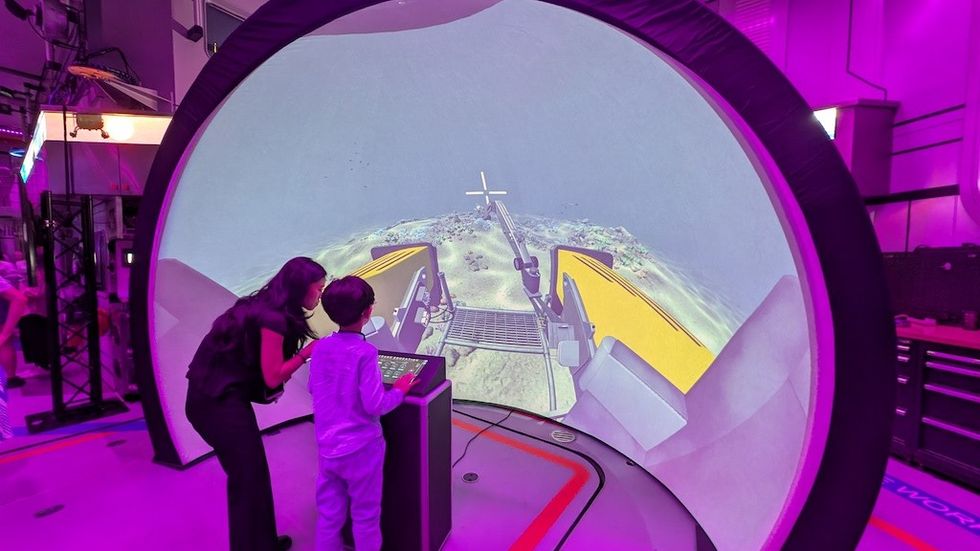
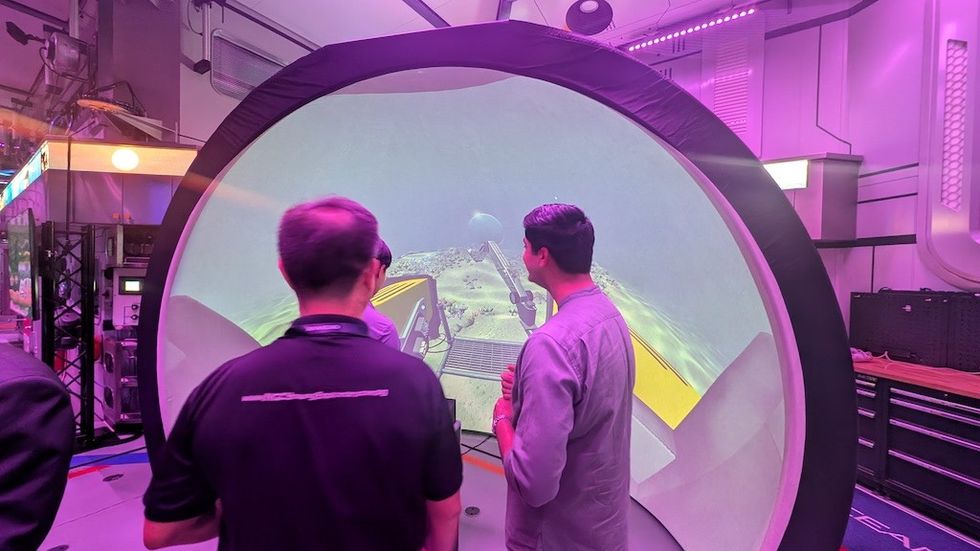
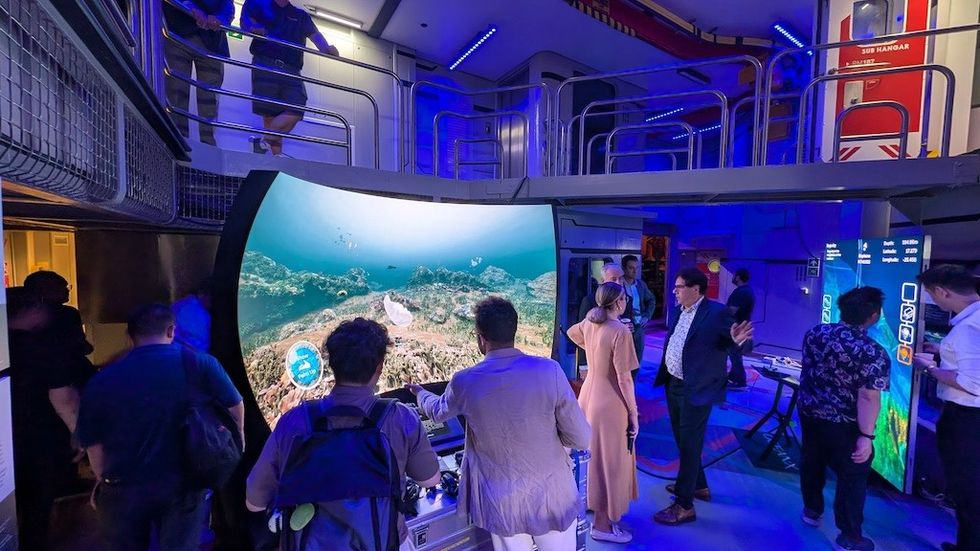

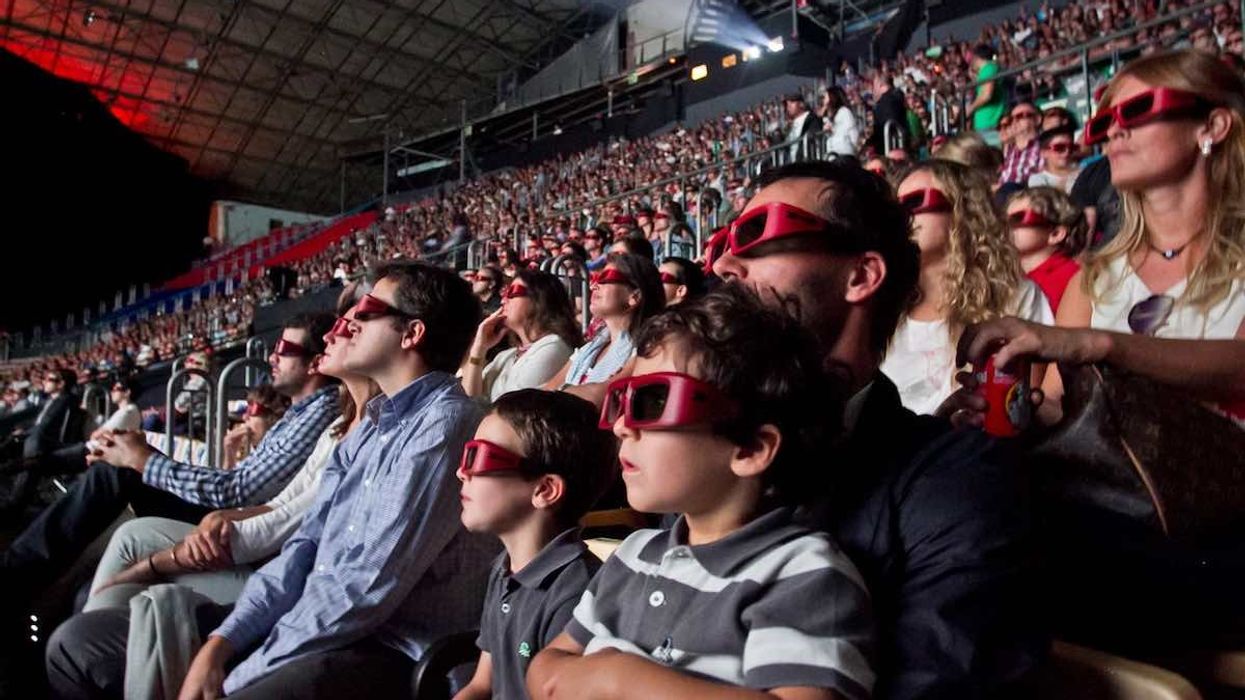

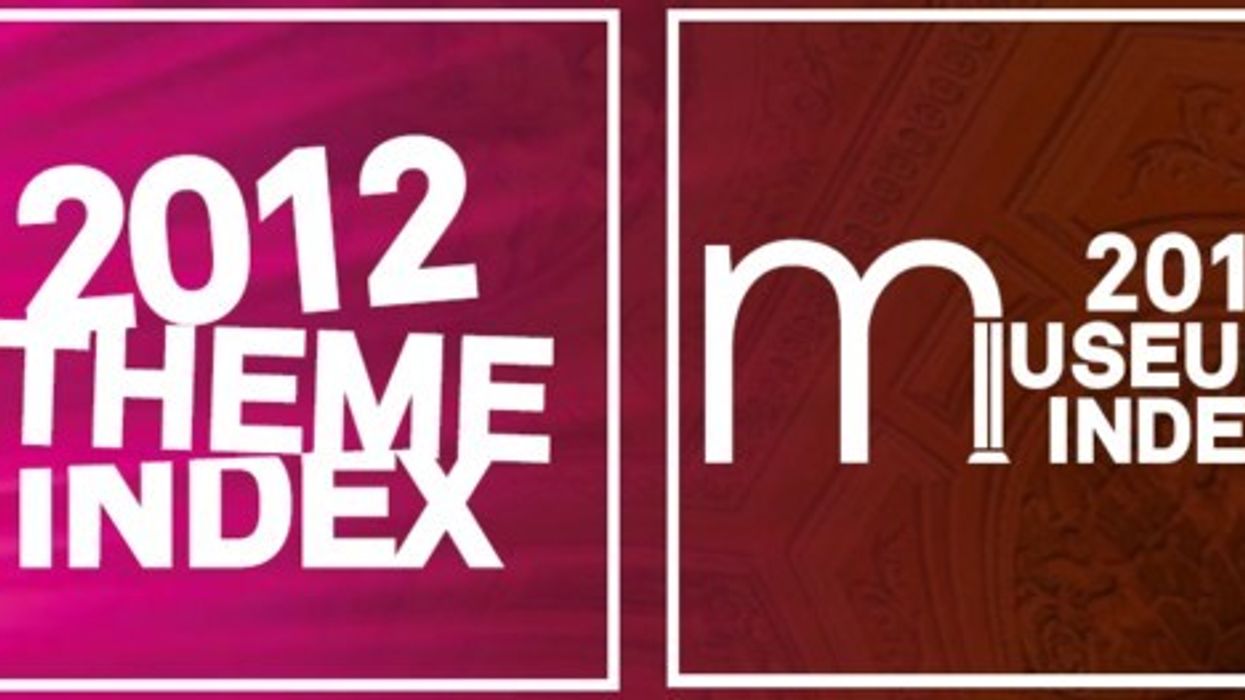
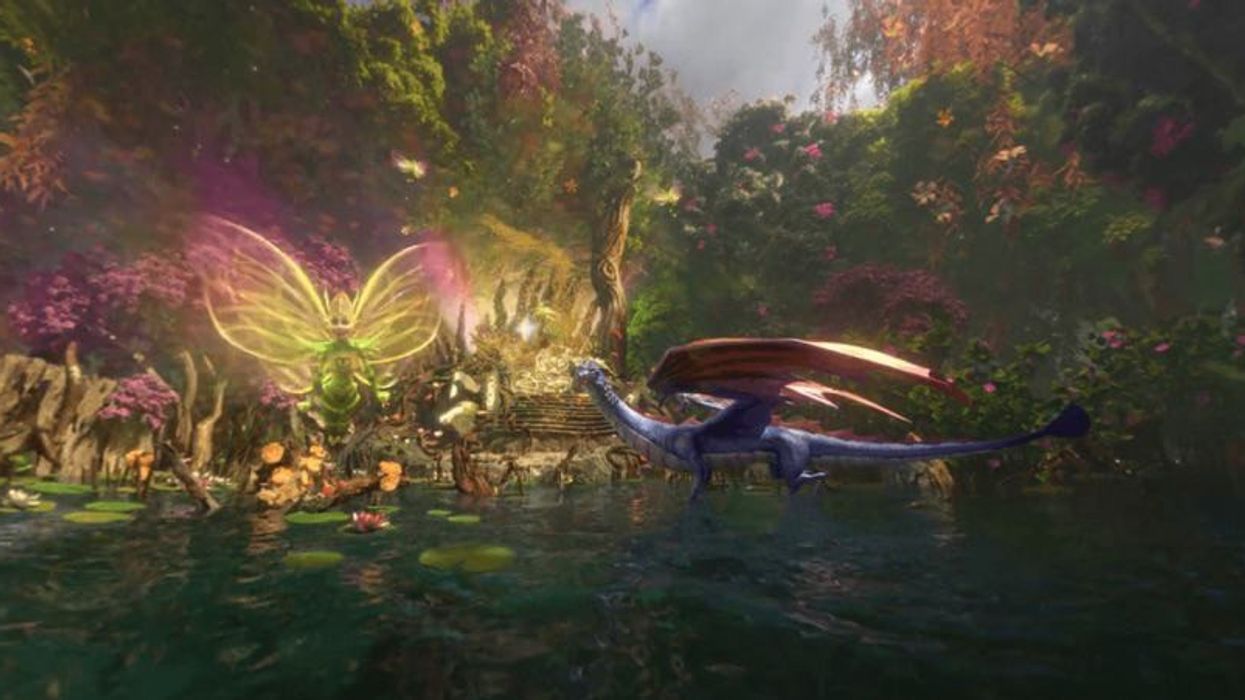
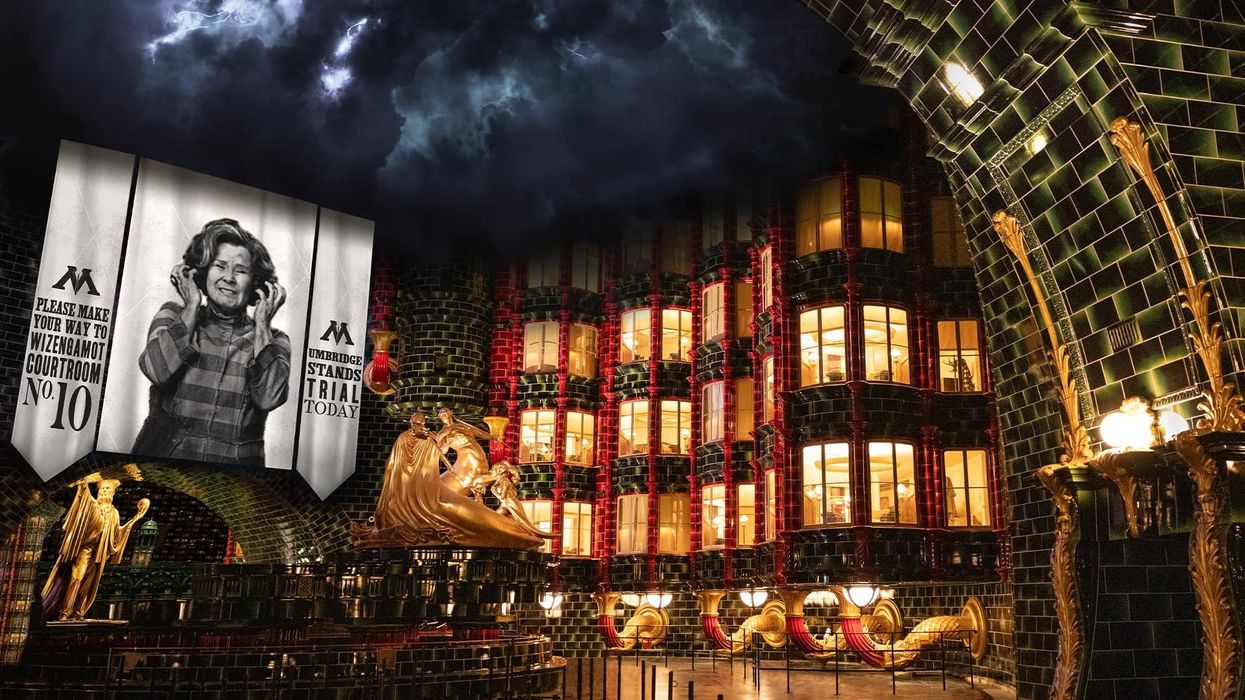
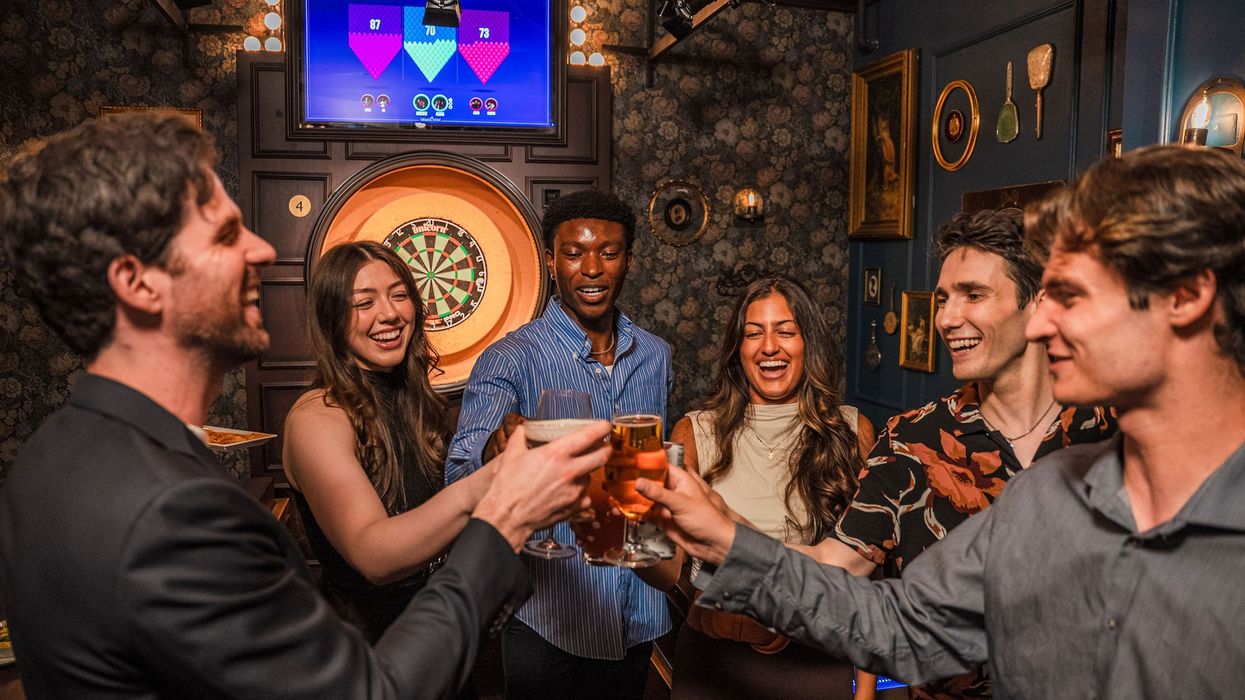
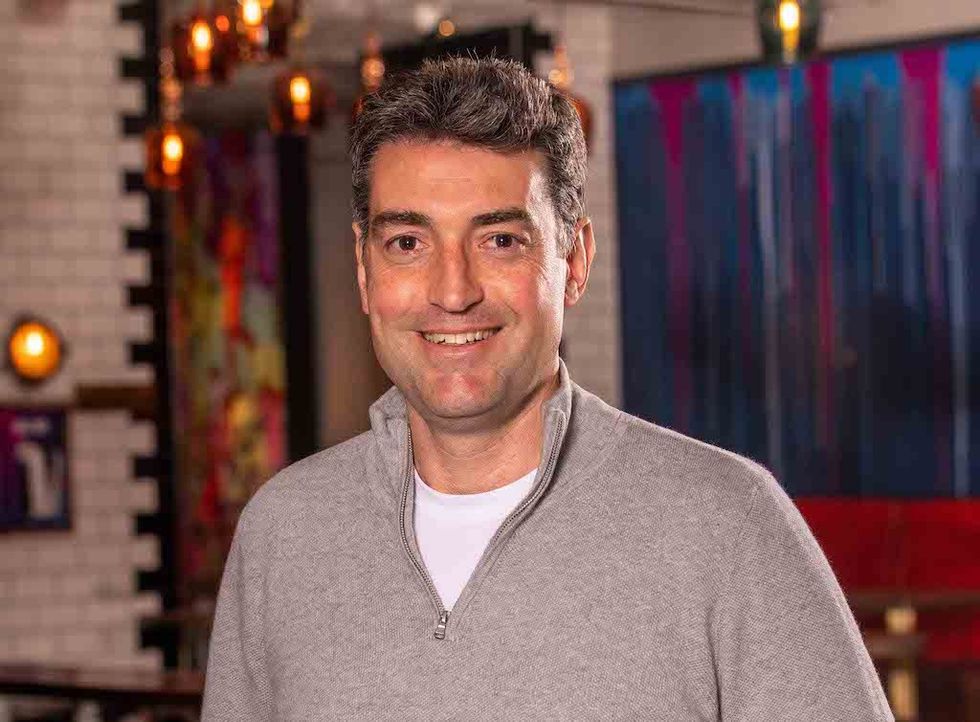 Toby Harris
Toby Harris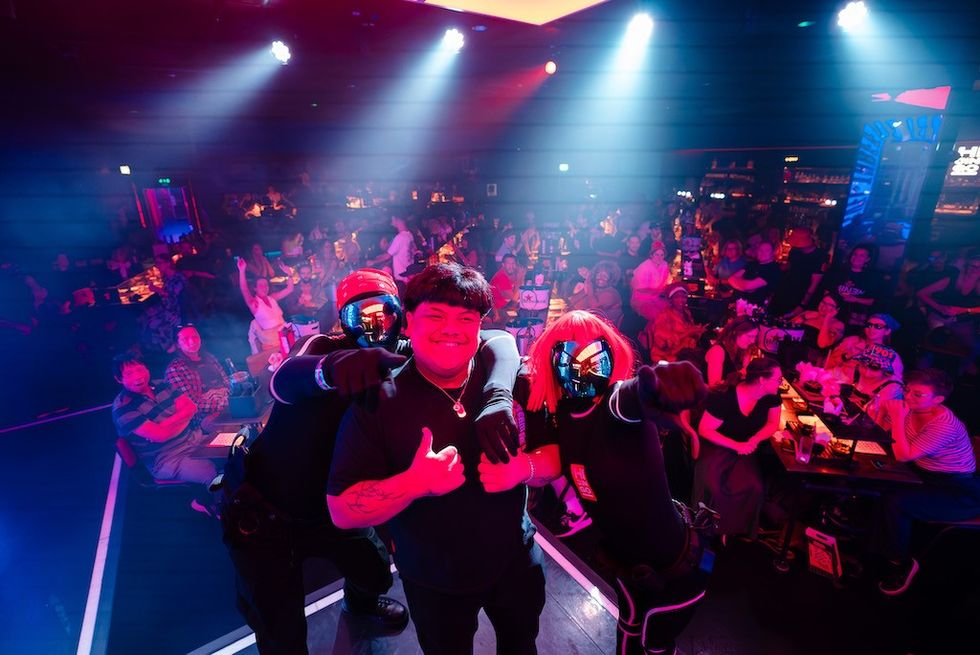 Hijingo
Hijingo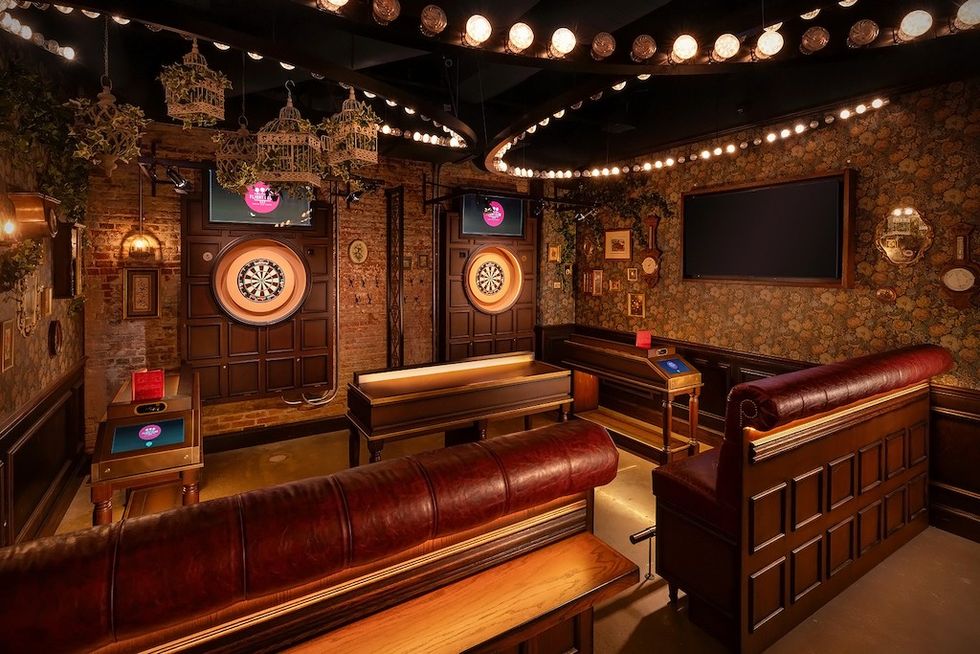 Flight Club, Washington D.C.
Flight Club, Washington D.C.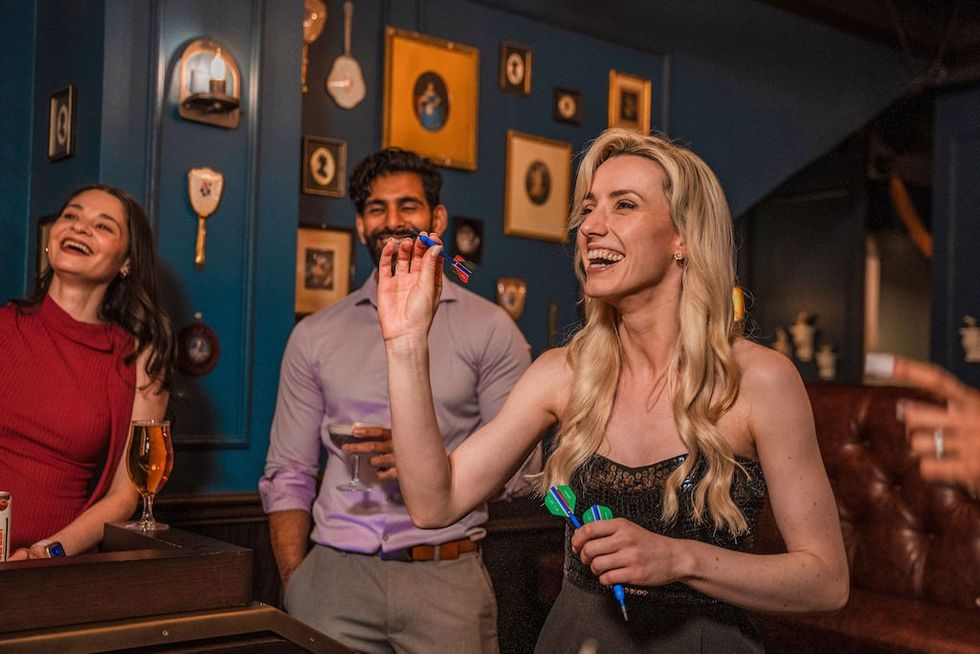
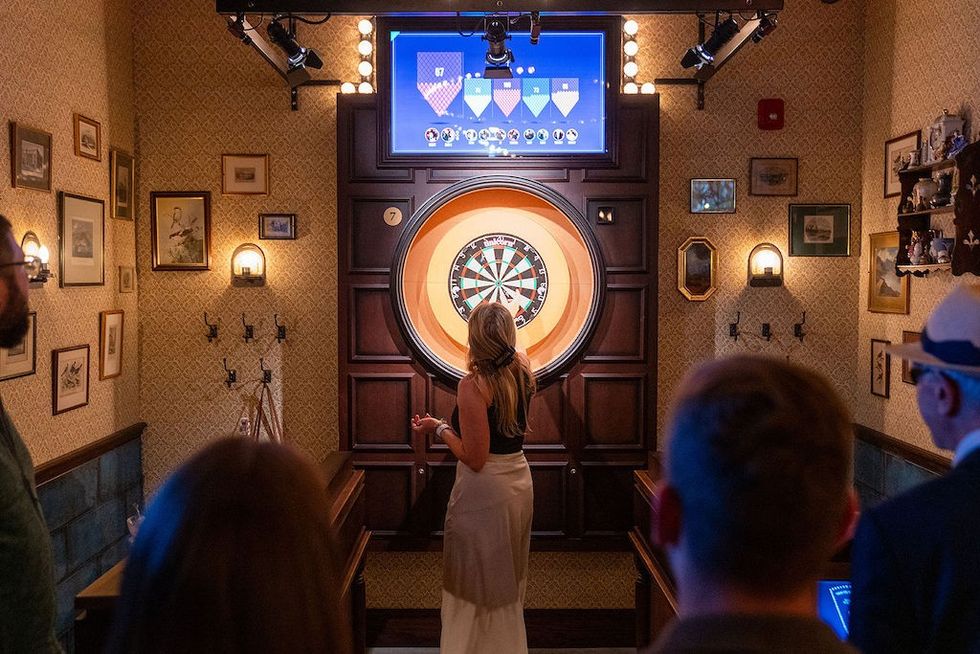 Flight Club Philadelphia
Flight Club Philadelphia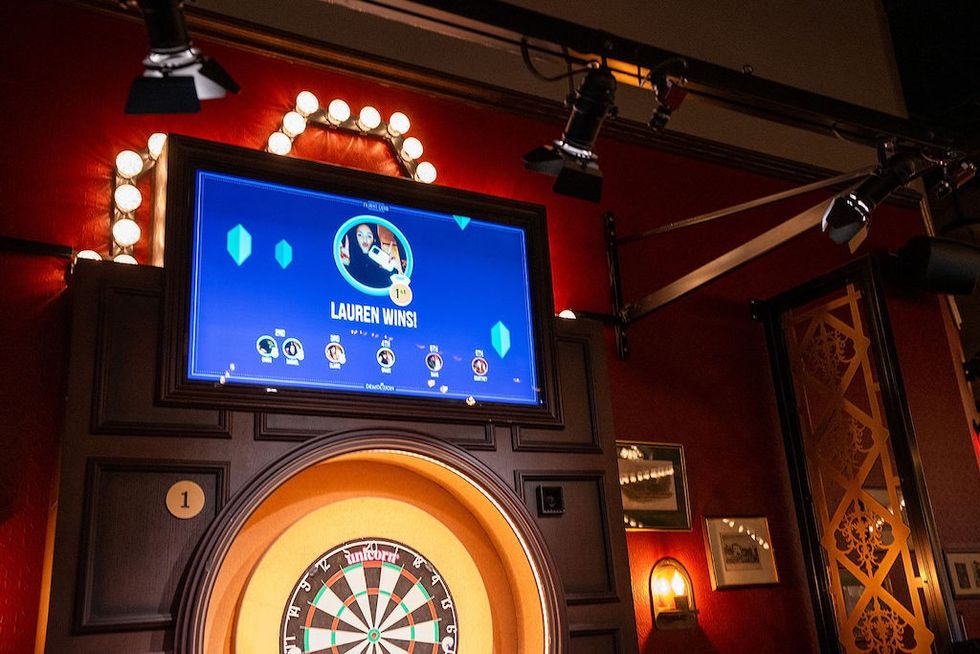 Flight Club Philadelphia
Flight Club Philadelphia Bounce
Bounce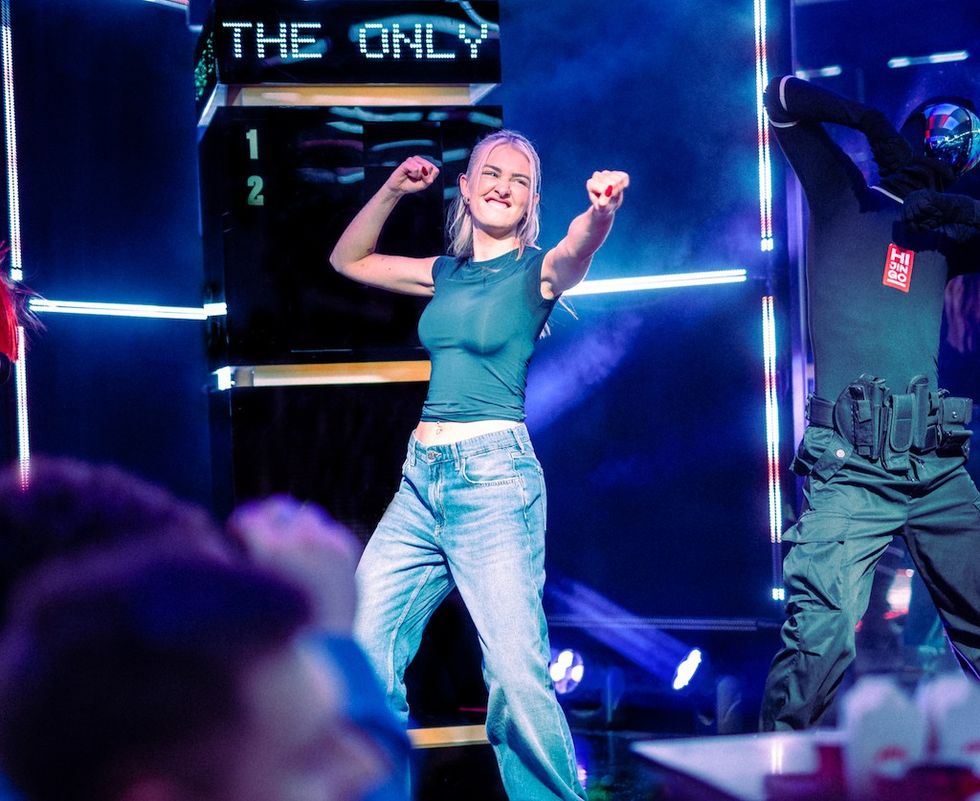 Hijingo
Hijingo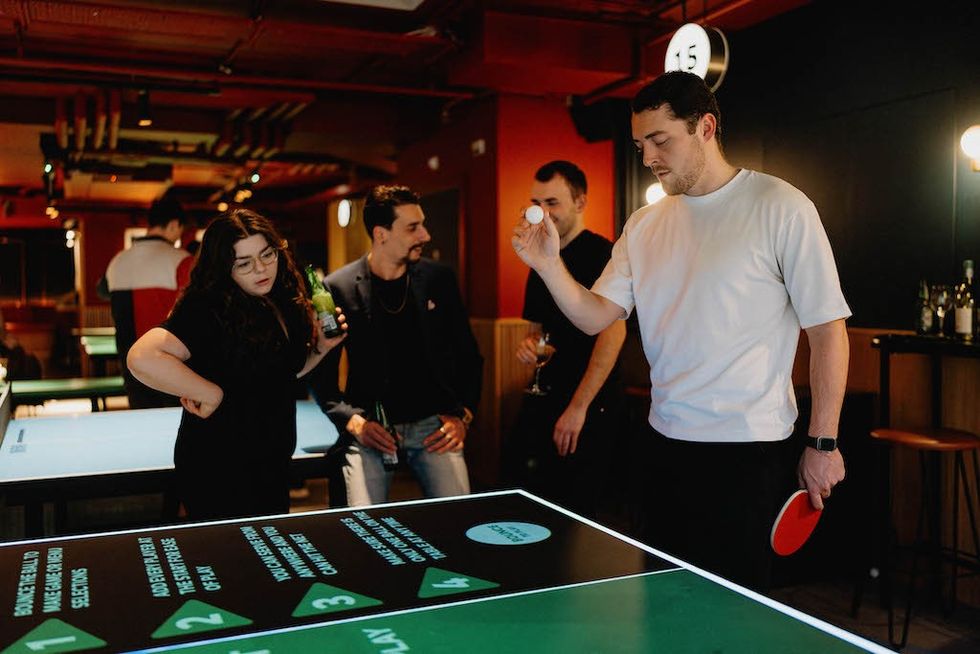 Bounce
Bounce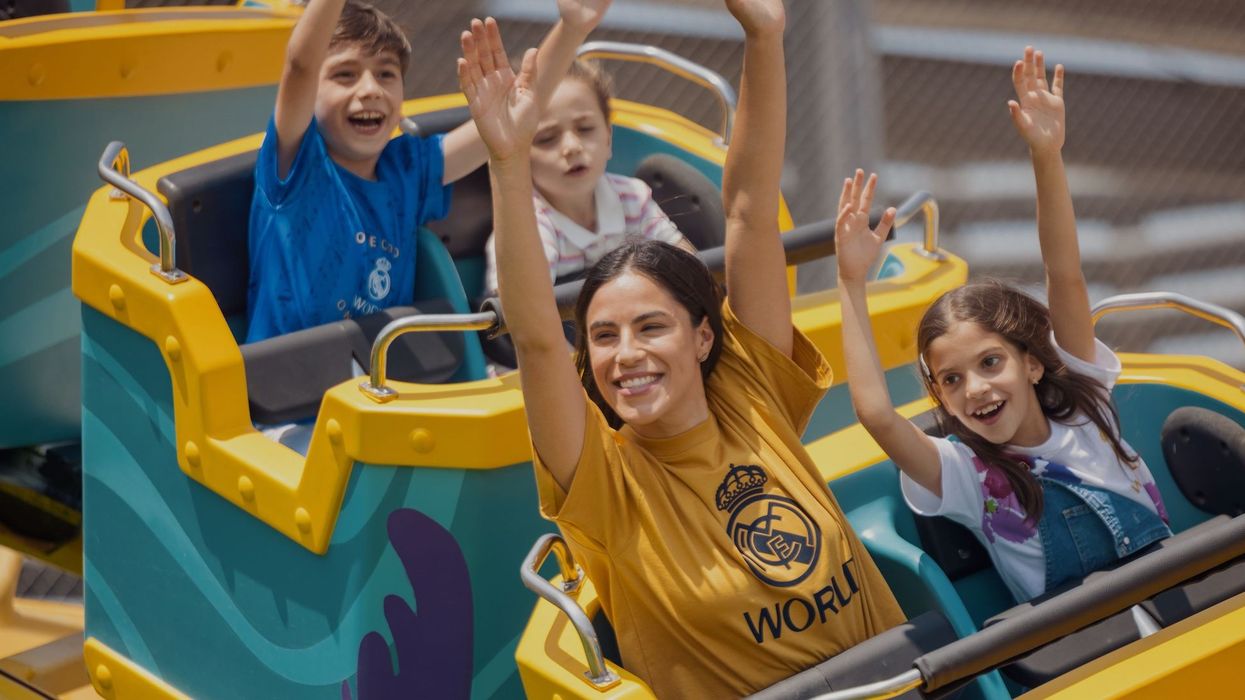
 Fernando Eiroa
Fernando Eiroa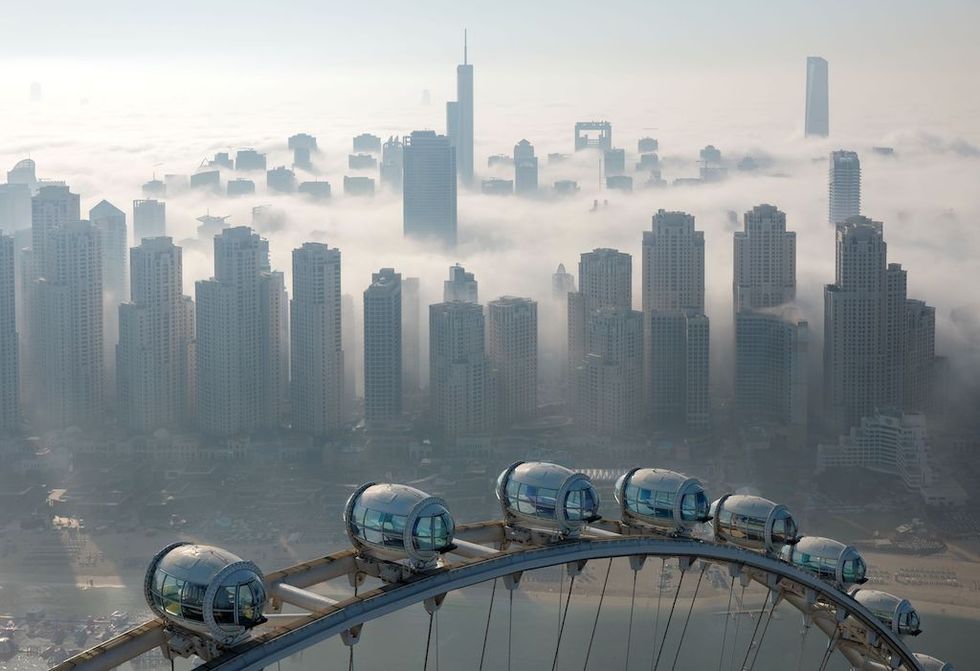
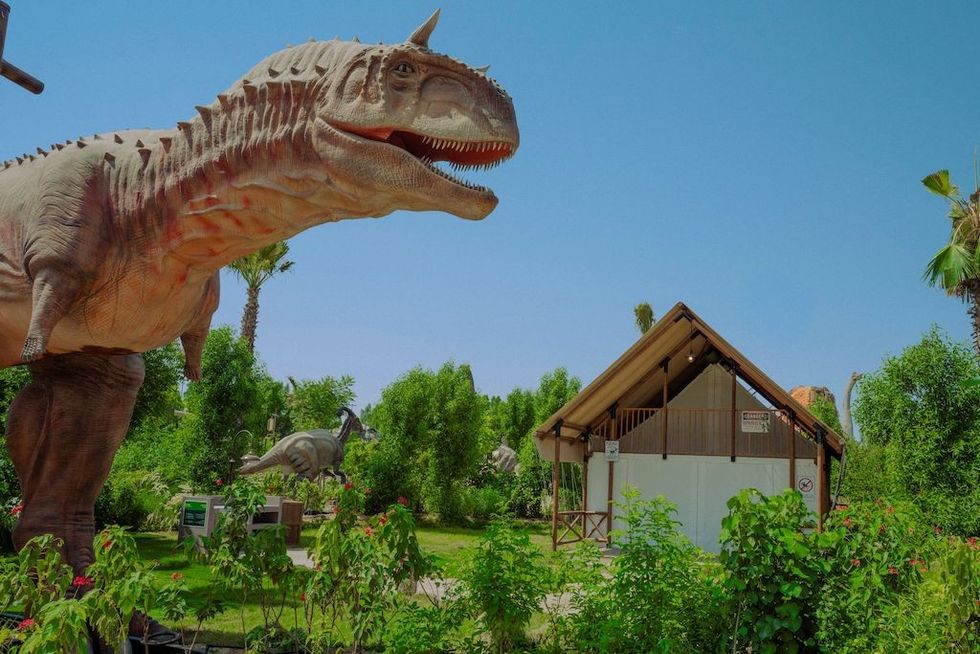
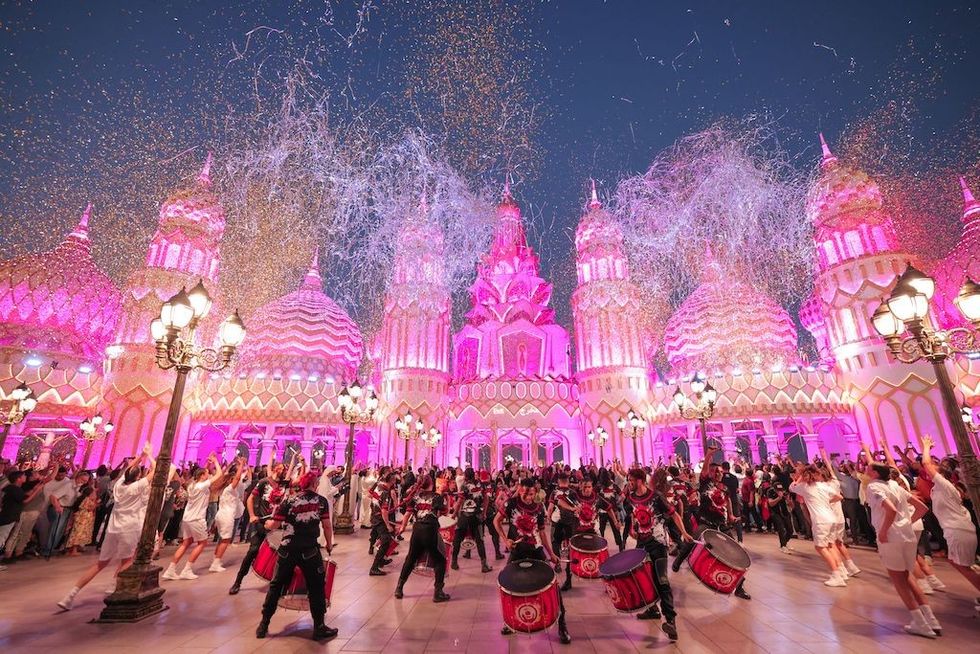
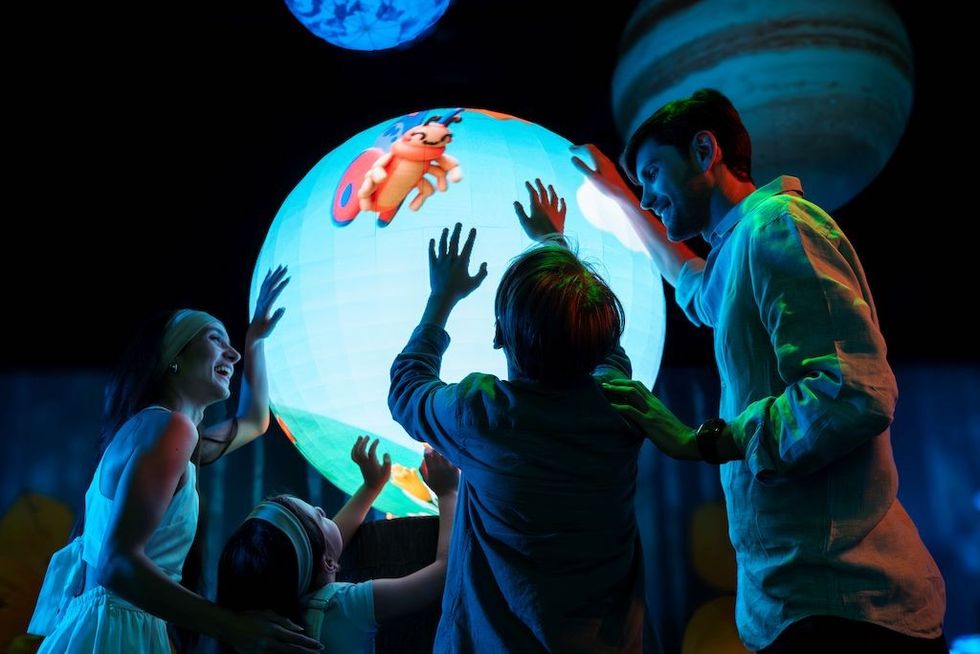



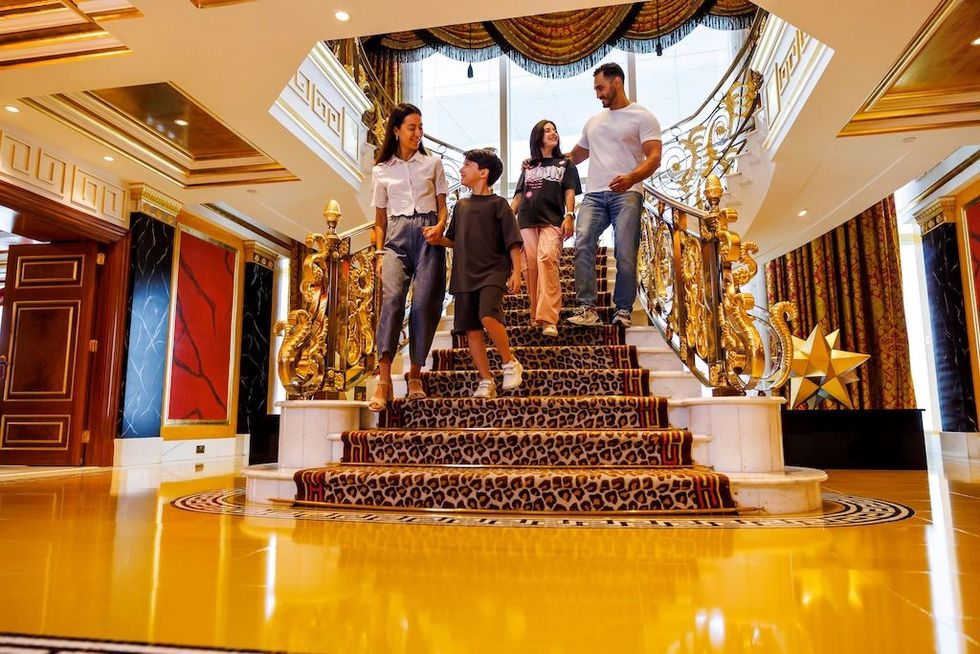

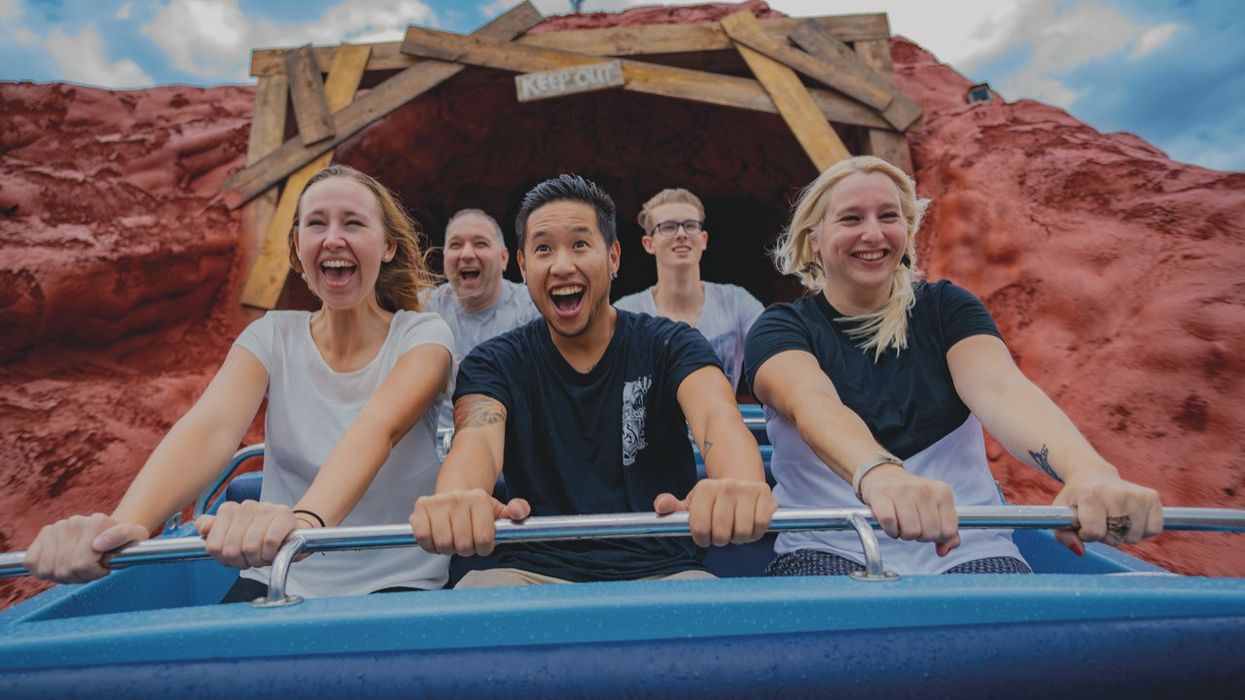

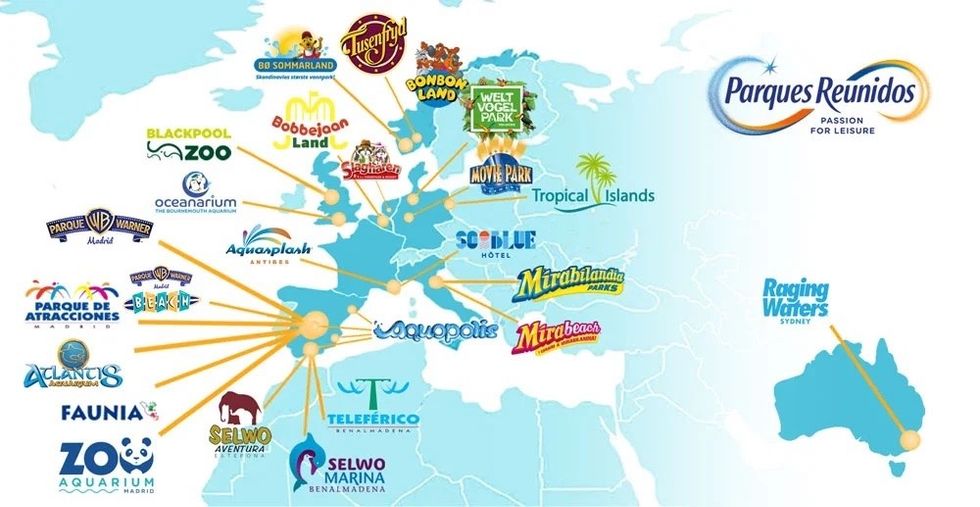
 Nickelodeon Land at Parque de Atracciones de Madrid
Nickelodeon Land at Parque de Atracciones de Madrid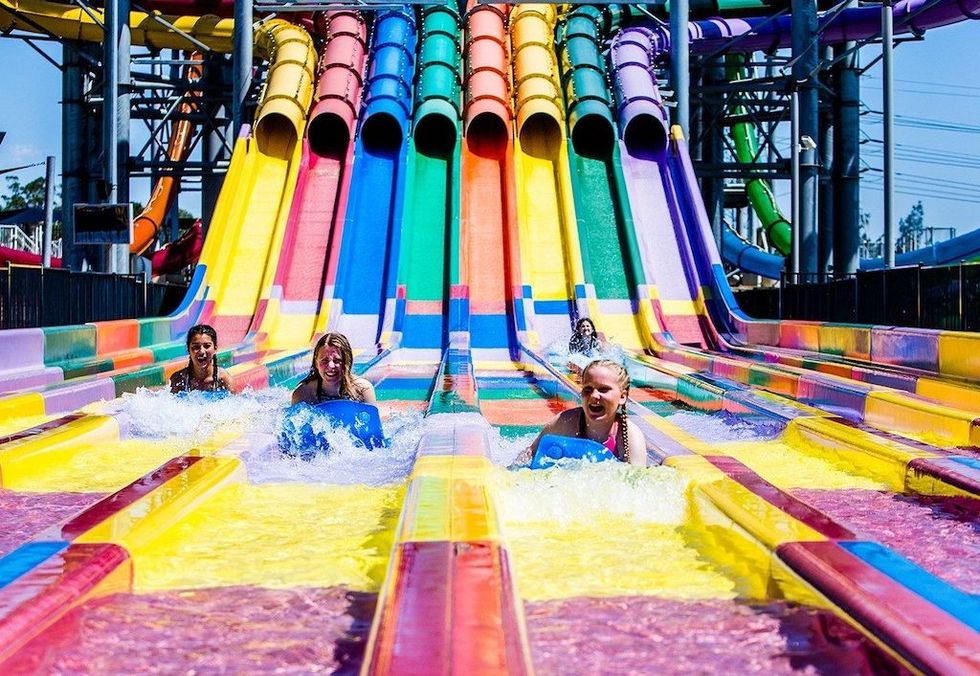 Raging Waters
Raging Waters 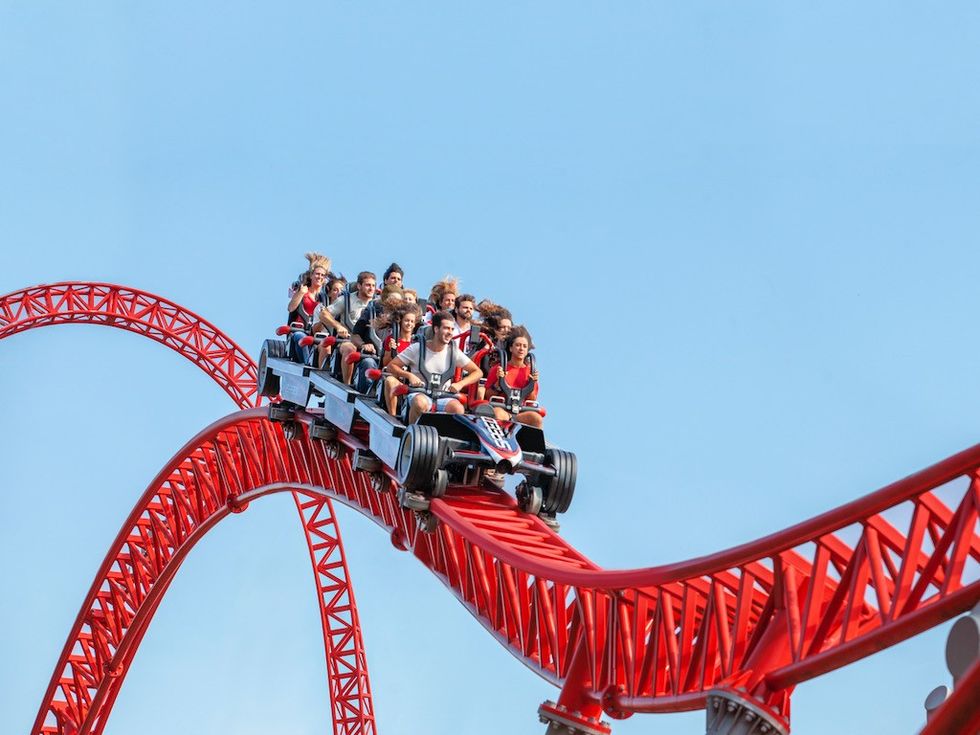 Mirabilandia's iSpeed coaster
Mirabilandia's iSpeed coaster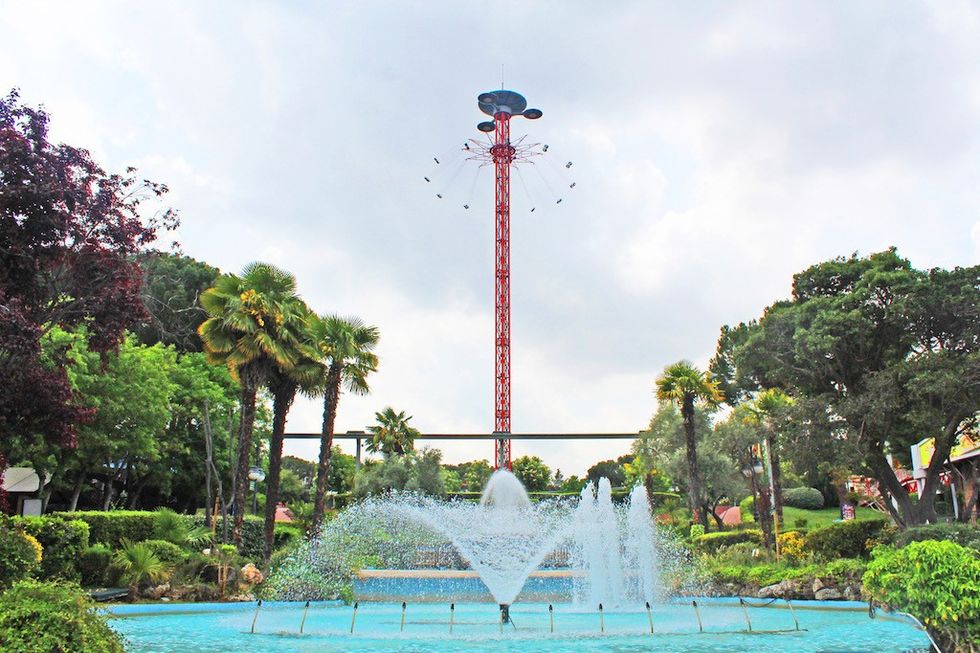 Parque de Atracciones de Madrid
Parque de Atracciones de Madrid Ferracci at the ribbon-cutting ceremony for Nickelodeon Land at Mirabilandia, with (left) Marie Marks, senior VP of global experiences for Paramount and (cutting the ribbon) Sabrina Mangina, GM at Mirabilandia
Ferracci at the ribbon-cutting ceremony for Nickelodeon Land at Mirabilandia, with (left) Marie Marks, senior VP of global experiences for Paramount and (cutting the ribbon) Sabrina Mangina, GM at Mirabilandia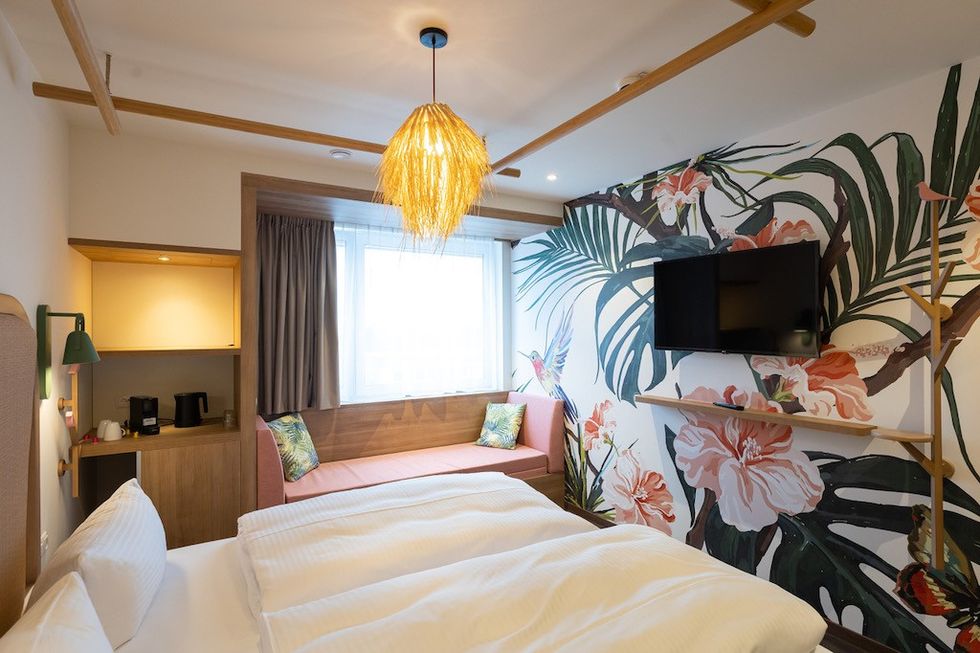 Tropical Islands OHANA hotel
Tropical Islands OHANA hotel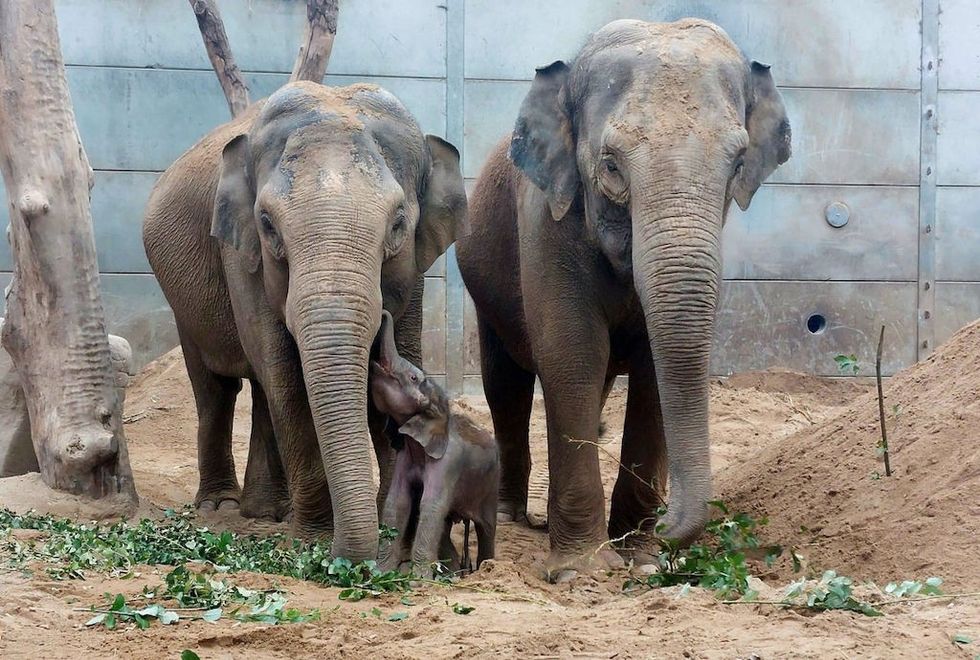 Elephants at Blackpool Zoo
Elephants at Blackpool Zoo 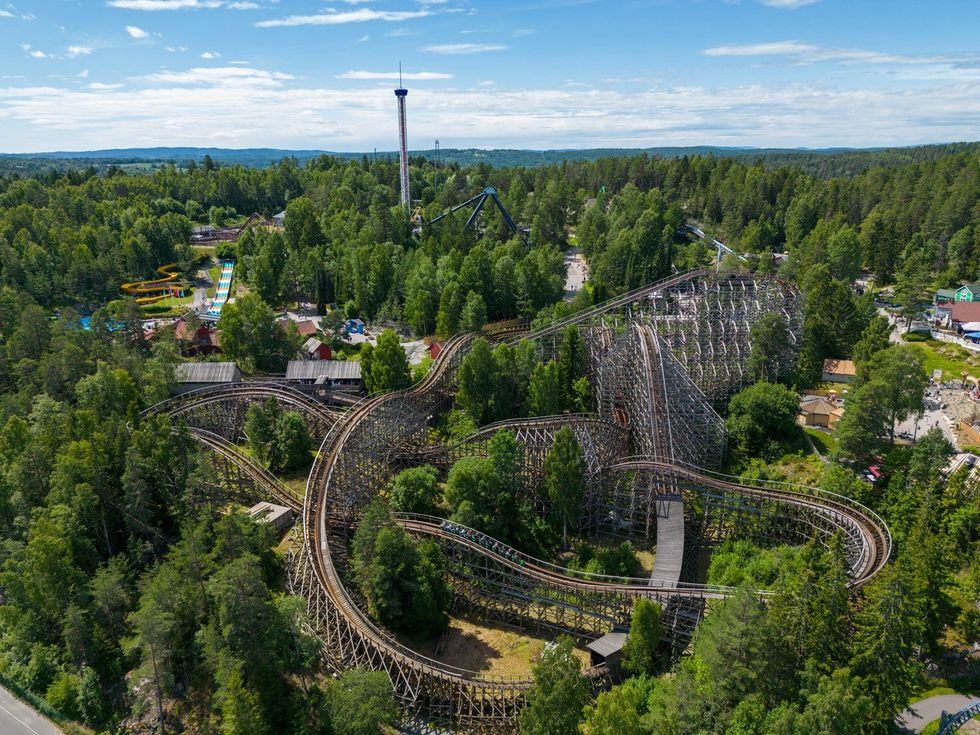 Tusenfryd
Tusenfryd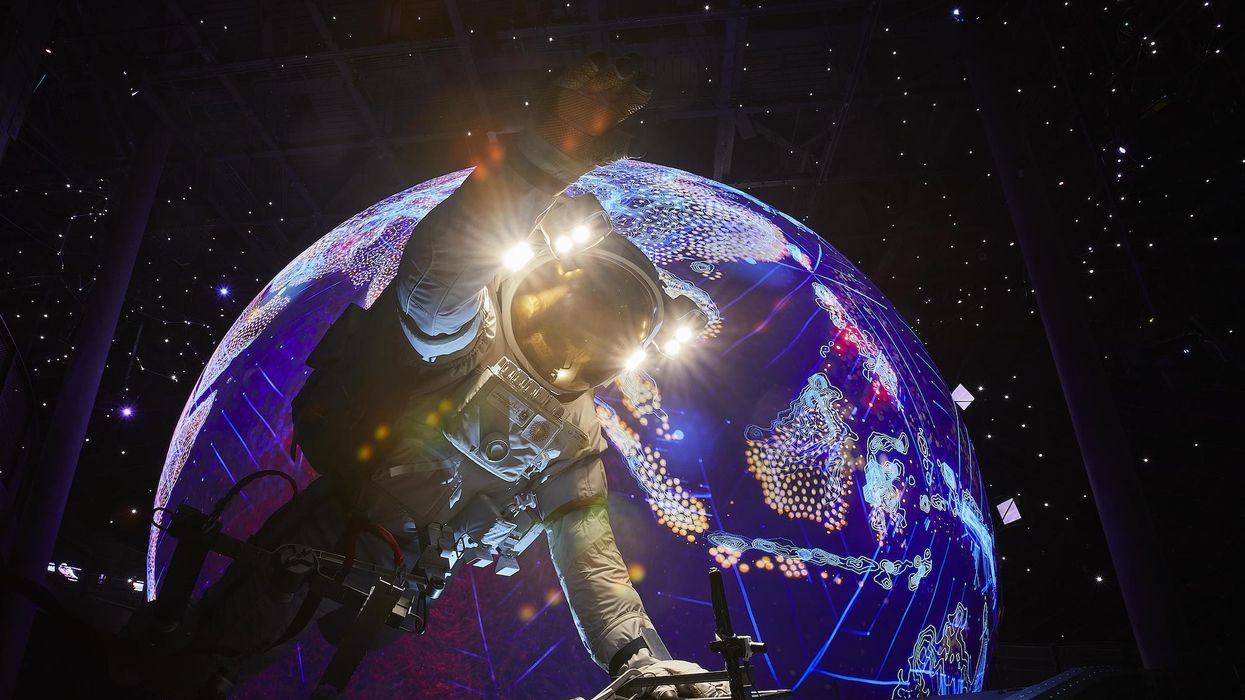
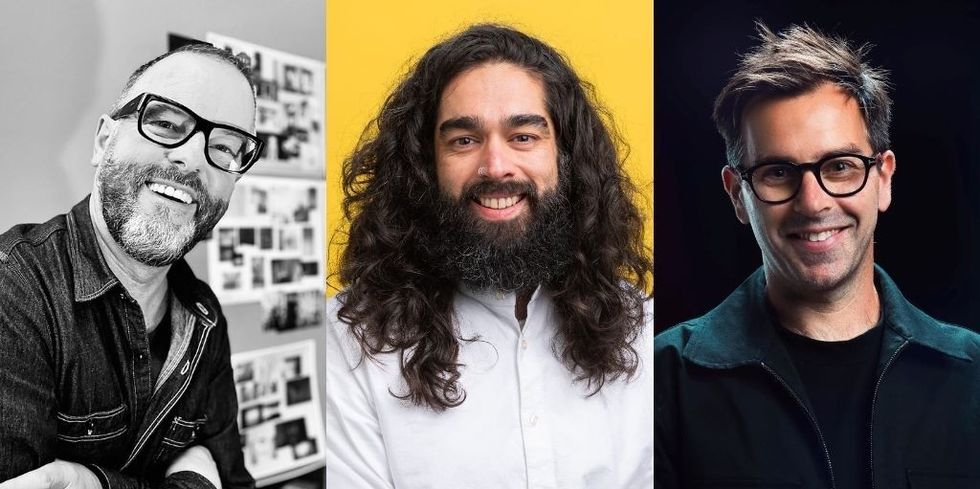 Andrew Thomas, Jason Aldous and Rik Athorne
Andrew Thomas, Jason Aldous and Rik Athorne
